THE TERENCE J. GILBERT
COLLECTION
SINGLE VENDOR AUCTION
OCTOBER 30 2025
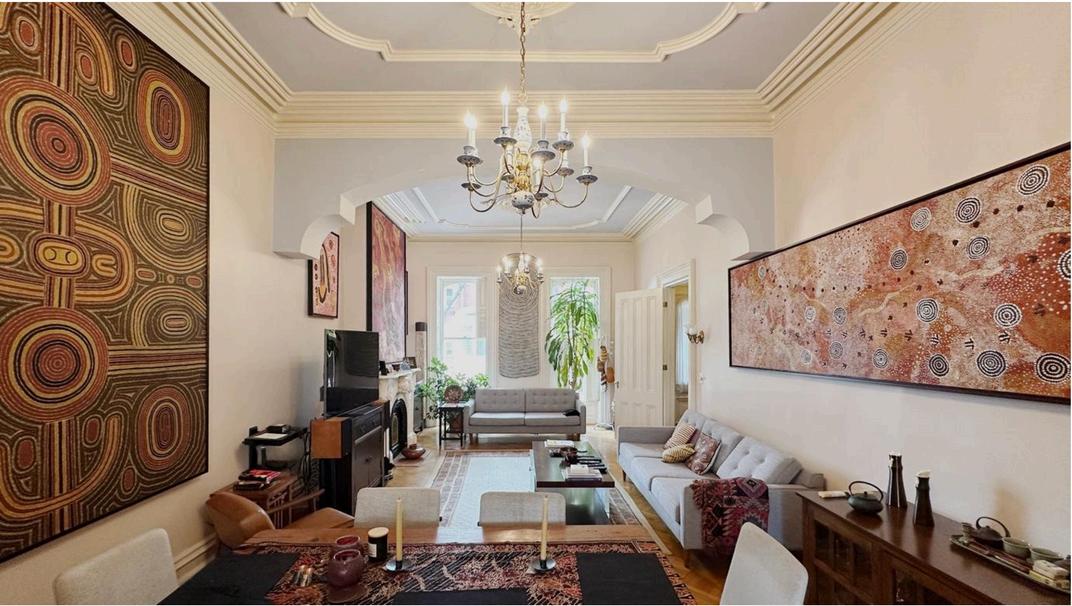
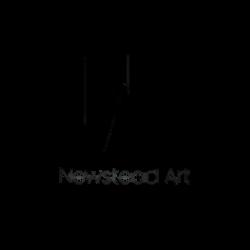
ALBANY, NEW YORK, USA

SINGLE VENDOR AUCTION
OCTOBER 30 2025


ALBANY, NEW YORK, USA
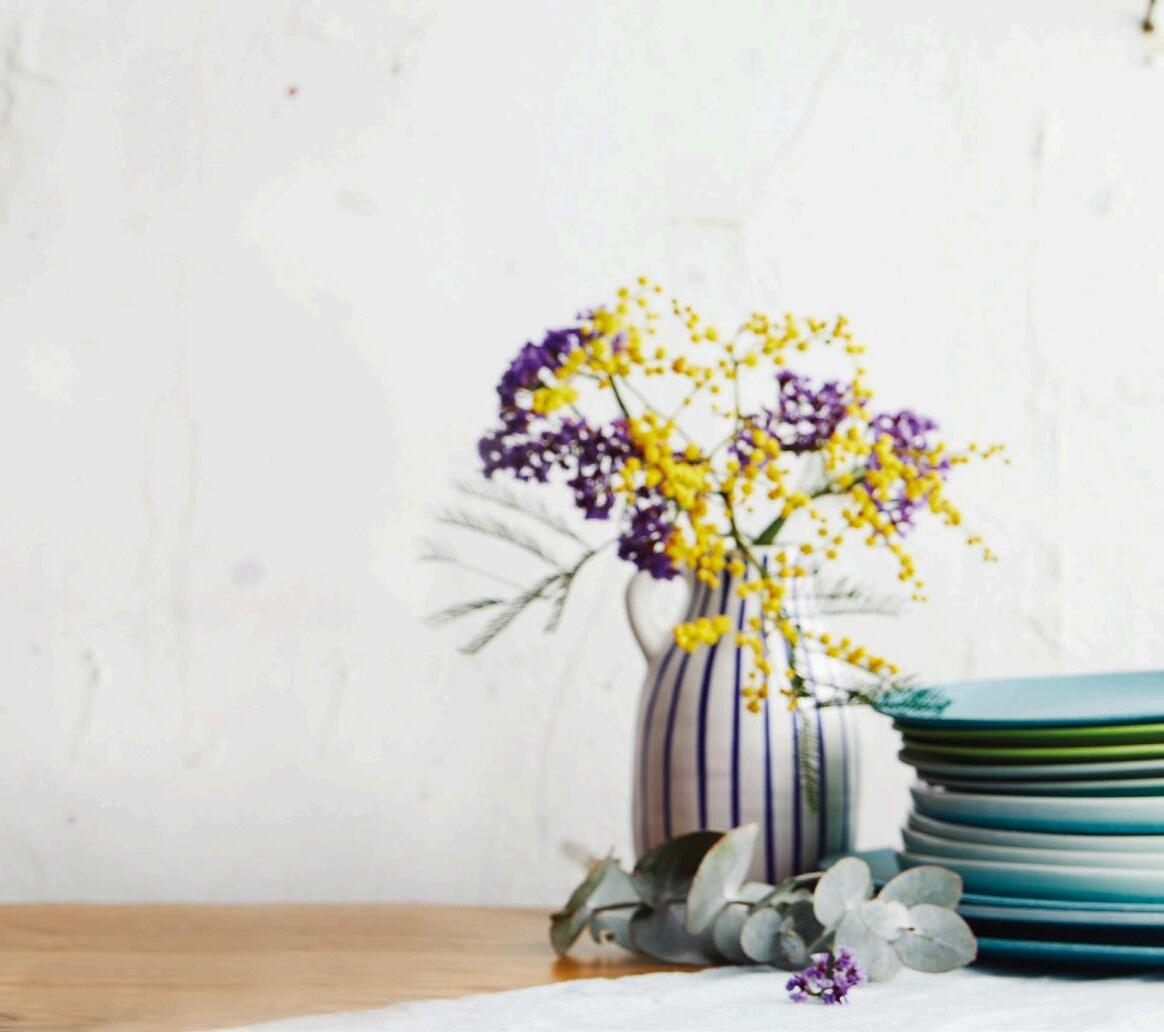
T i m e d A u c t i o n - L i v e O n l i n e h o s t e d b y T h e o d o r e B r u c e
C l o s i n g F r o m :
T h u r s d a y , 3 0 t h O c t o b e r 2 0 2 5
6 P M N e w Yo r k
3 P M L o s A n g e l e s 1 0 P M L o n d o n 1 1 P M P a r i s
6 A M H o n g K o n g ( F r i d a y , 3 1 O c t o b e r )
9 A M S y d n e y ( F r i d a y , 3 1 O c t o b e r )
A u c t i o n V i e w i n g :
L o c a t i o n : A l b a n y , N e w Yo r k
B y a p p o i n t m e n t o n l y
L i v e O n l i n e B i d d i n g
T h e T e r e n c e J . G i l b e r t C o l l e c t i o n w i l l b e o f f e r e d i n a t i m e d
o n l i n e a u c t i o n , c o n d u c t e d i n p a r t n e r s h i p w i t h T h e o d o r e
B r u c e A u c t i o n e e r s
L o t s b e g i n c l o s i n g a t t h e t i m e s l i s t e d a b o v e . B i d s p l a c e d
w i t h i n t h e f i n a l f i v e m i n u t e s w i l l e x t e n d t h e c o u n t d o w n b y
f i v e m i n u t e s , w i t h e x t e n s i o n s p o s s i b l e f o r u p t o t w o h o u r s
I n p r e s e n t i n g t h i s c o l l e c t i o n , N e w s t e a d A r t i s p l e a s e d t o
o f f e r i t s e x p e r t i s e a n d t o p r o v i d e g u i d a n c e t o c l i e n t s a h e a d o f r e g i s t r a t i o n w i t h T h e o d o r e B r u c e
O n l i n e r e g i s t r a t i o n a n d f u l l b i d d i n g d e t a i l s w i l l b e a v a i l a b l e v i a T h e o d o r e B r u c e A u c t i o n e e r s f r o m O c t o b e r 9 2 0 2 5 t h
E m a i l : a u c t i o n s @ n e w s t e a d a r t . c o m
W h a t s a p p : + 6 1 4 1 2 1 2 6 6 4 5
E x p r e s s Y o u r I n t e r e s t
The adventure began in 1991. That was the year Dr. Terence J. Gilbert, a distinguished physician in anesthesiology and critical care, found himself in Cairns, awaiting a flight to Lizard Island on the Great Barrier Reef. Almost idly, he stepped into a gallery. Two canvases were brought out – one by Clifford Possum Tjapaltjarri, the other by Eunice Napangardi, partner to Kaapa Tjampitjinpa, one of the founding Papunya painters.
“It was a revelation. In that instant, I recognised what I wanted to live with, to surround myself with – art that would shape the rest of my life ”
Comparable, in his words, only to his first encounter with Caravaggio, it was the beginning of a journey that would come to define not only his walls, but his way of seeing.
From that chance encounter, his collecting took shape with remarkable clarity. He travelled widely – to Alice Springs, Arnhem Land, and beyond – and sought out Aboriginal and Torres Strait Islander art wherever it surfaced internationally, in London, New York, and further afield. His approach was guided by instinct and principle:
“It needed to be technically a good piece, but I also needed to love it. Otherwise I wasn’t interested. I didn’t want the derivative works I wanted the best of what these artists could do.”
The results were transformative Over nearly three decades, his upstate New York Brownstone became, in his words, “ an Aboriginal gallery.” Living with the works was central to his experience as a collector:
“There isn’t a day that I don’t look on every one of them and smile.”
At the heart of the collection stands the work attributed to Johnny Warangkula Tjupurrula, Water Dreaming, 1989 – a monumental three-metre canvas later described as “ one of the crown jewels of the entire Australian Aboriginal art movement ” Shipped by Rodney Gooch to Mary Reid Brunstrom’s Austral Gallery in St Louis in 1993, and acquired soon thereafter by Dr. Gilbert, the painting went on to achieve international recognition when it was chosen for the centre spread of Architectural Digest’s 1998 feature on Aboriginal art. For Dr. Gilbert, it was simply:
“Everything about the desert ”
Alongside Warangkula’s masterpiece, Dr. Gilbert assembled a distinguished group of early Papunya boards and Eastern Desert canvases, as well as a suite of monumental 1990s barks. Some works he shared more widely, through select donations and loans, extending their reach beyond his home and into the public sphere.
For him, these paintings carried a resonance unlike any other.
“It springs from the ground. It comes from the land, the land itself It is born on the land ”
Now, as this collection comes to auction, a full circle is reached These paintings – once revelations, then daily companions, and now works of international standing –will pass to a new generation of collectors. Dr. Gilbert’s journey as custodian draws to its close, but the life of the works continues: springing from the land, bearing its stories, and carrying forward the respect he always believed they deserved.
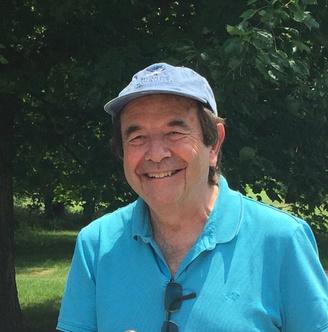
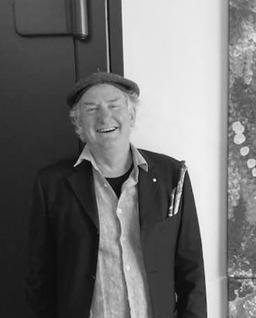

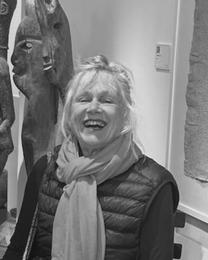
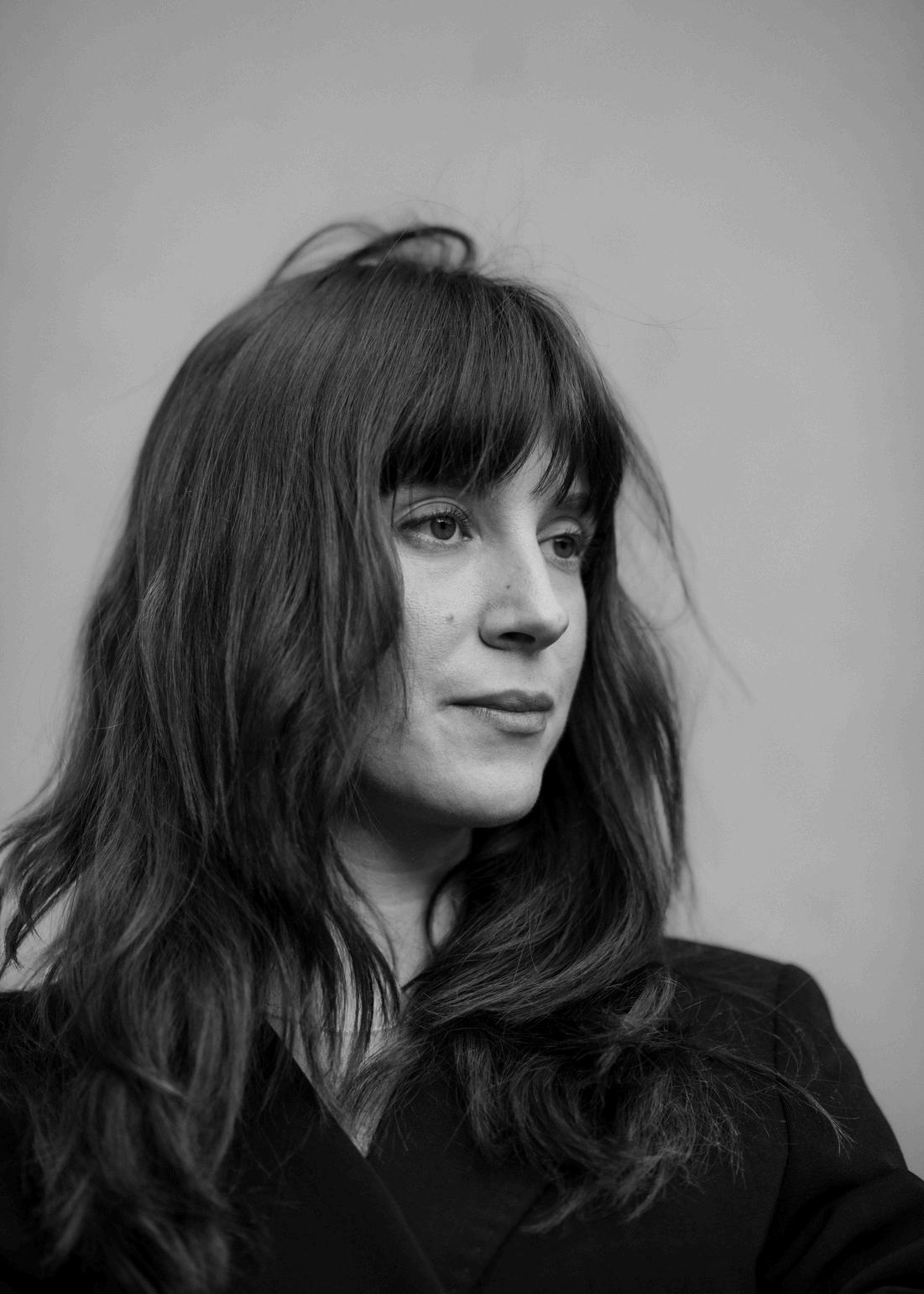

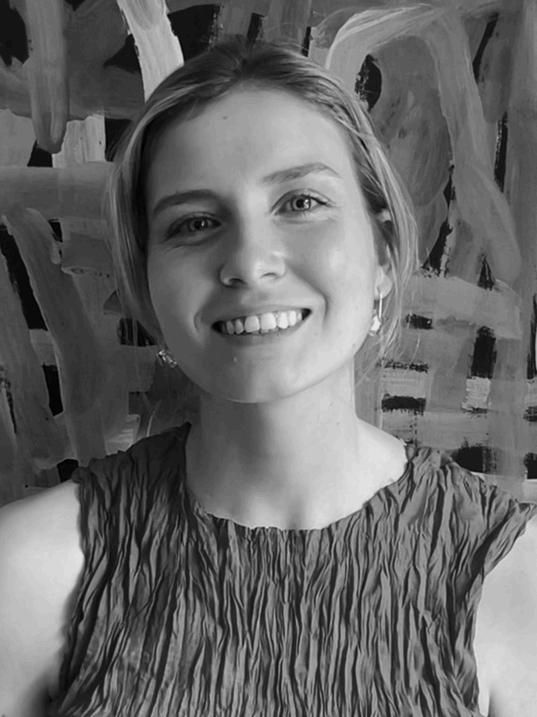
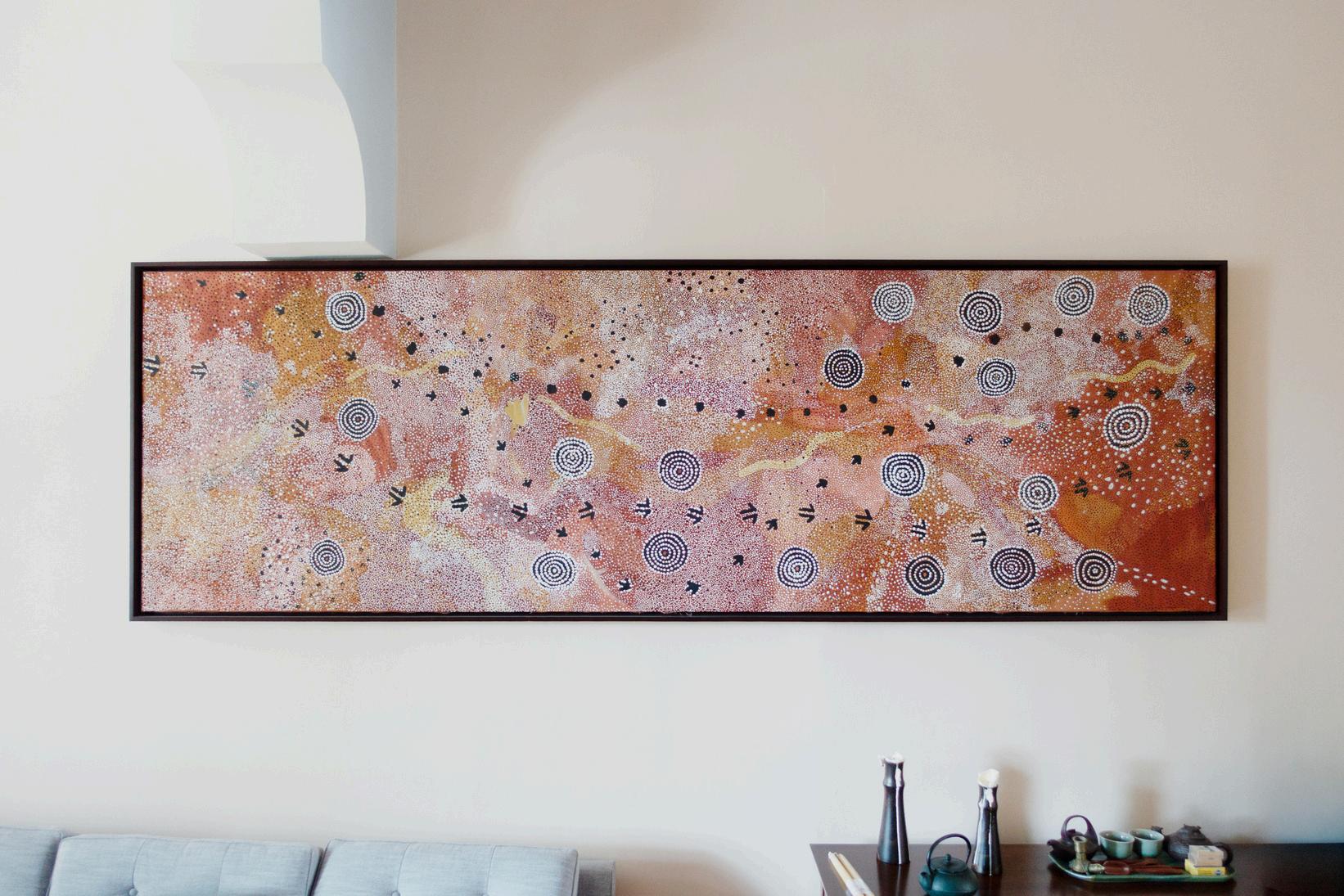
Where desert rain becomes light: a masterful late Water Dreaming on an epic scale.
Johnny Warangkula Tjupurrula rose to prominence in the early 1970s with his celebrated depictions of Kalipinypa, painted in the aftermath of heavy rains that transformed the desert landscape. Geoffrey Bardon described these works as possessing a “tremulous illusion.” They marked the breakthrough of Papunya painting, when the expressive potential of acrylic on board and canvas was first realised. These early paintings secured Warangkula’s place as a leading figure of the movement, shaping its trajectory for decades and ensuring his position in the canon of Australian art.
By the late 1980s, Warangkula produced several monumental canvases for Papunya Tula and for private dealers Works that appeared on the market include Rain Dreaming Site of Kalipinpa (100 x 200 cm), a version of Tjikari (183 x 122 cm, 1985), another Rain Dreaming (100 x 200 cm, 1986), and an untitled canvas relating to events at the Tjikari soakage (121 5 x 213 cm, 1988) Compared to those examples, this panoramic painting carries a greater narrative force: while the earlier late-1980s works often relied on bold coloured grounds, here the surface achieves a richer visual depth
The background recalls some of Warangkula’s finest early- and mid-1970s boards – an effect that might initially seem almost too good to be true. Yet the hallmarks of his hand are undeniable: the loose, assured brushwork; the seemingly casual but deeply controlled composition; the dense rhythm of dotting. The refined passages of dotwork suggest the involvement of his wife, Gladys Yawintji Napanangka, herself a Papunya Tula painter whose large-scale canvases featured at World Expo ’88 in Brisbane. Far from complicating authorship, such collaboration reflects the kinship model central to Papunya Tula, sustaining the production of major canvases through the late 1980s. Gladys’ hand enriches the surface, amplifying its shimmering vitality.
Compositionally, the work fuses the energy of Warangkula’s early 1970s boards with the speckled, overlapping dot technique of his later canvases Concentric roundels mark waterholes and ceremonial sites; ancestral tracks weave across the surface; fields of luminous dots evoke desert light after rain At this scale, the composition channels the elemental drama of storm and water – motifs that defined Warangkula’s identity as both ceremonial rainmaker and artistic innovator As Vivien Johnson has written, “Family is artistic destiny in the Western Desert” – a truth borne out in this collaboration between Johnny, Gladys, and possibly other family members
The verso bears two inscriptions – “Johnny W 89” and “Johnny W Aug ’89” – in the hand of Rodney Gooch, the influential Utopia art adviser whose pivotal role in bringing Papunya and Utopia artists to international attention is well documented. Gooch’s involvement anchors the provenance, further supported by a Mulga Bore Certificate of Authenticity (stock number Aug 93–9) and financial records from Mary Reid Brunstrom’s Austral Gallery in St. Louis, including the original invoice. From there, the painting entered the private collection of Terence J. Gilbert in Albany, New York, where it has remained for over three decades.
Its international profile was confirmed in May 1998, when Architectural Digest (Vol. 55, No. 5) devoted its Arts section to “Aboriginal Dream Paintings.” Several galleries worldwide were invited to submit what they considered their strongest examples of Aboriginal art. The editors selected this work as the lead painting, reproducing it across a two-page spread. Its secure provenance, long-term ownership, and prominent exposure in one of the world’s most prestigious design publications enhance both its rarity and appeal
As part of our due diligence, we sought the opinions of leading specialists with first-hand knowledge of Warangkula and the Papunya movement Their responses were consistently affirmative, describing the painting as “magnificent” and “brilliant,” and recognising in it a fusion of the vitality of his early boards with the monumentality of his late canvases One senior artist-scholar praised it as “ a fantastic painting a brilliant synthesis of the 1970s and 1980s ” Another confirmed without hesitation: “This is Johnny’s work, with all his characteristic quirks and idiosyncrasies ”
While the evidence strongly supports Warangkula’s direct hand in the painting, certain details invite caution. Some specialists have observed that the date, c.1989, sits uneasily with his style from that period, and that aspects of the iconography – particularly the continuous animal tracks, thought to represent mala (rufous hare-wallaby) – appear uncharacteristic of his usual treatment. According to Gilbert, former Sotheby’s specialist Tim Klingender described the painting as “magnificent” after seeing it reproduced in Architectural Digest around 2000, noting two comparable canvases in private collections but also raising concerns about Warangkula’s fragile health at the time and the four-year gap in provenance prior to Rodney Gooch’s promotion of the work through Austral Gallery in St Louis Taken together, these observations complicate the attribution, though they do not outweigh the affirmations of senior artists, scholars, and advisers with direct knowledge of Warangkula’s practice In line with best practice in cataloguing, the work is offered as Attributed to Johnny Warangkula Tjupurrula, c 1989
Comparable works reside in the National Gallery of Victoria, the National Gallery of Australia, and the Art Gallery of Western Australia Ambitious late-career canvases of this kind seldom reach the market, most remaining in institutional or private hands The market has consistently valued two bodies of Warangkula’s work most highly: the seminal Papunya boards of the early 1970s and the monumental canvases of his late career This painting belongs firmly in the latter category.
This major work – Water Dreaming (Tjikarri), c.1989 – unites commanding scale, refined execution, and secure provenance linking Rodney Gooch’s fieldwork to Austral Gallery’s pivotal role in presenting Aboriginal art to American audiences in the 1990s. With its luminous surface, narrative depth, and distinguished ownership, it represents a rare opportunity to acquire a painting of exceptional cultural resonance, artistic mastery, and market rarity.
Adrian Newstead
Kathleen Rose Roberts
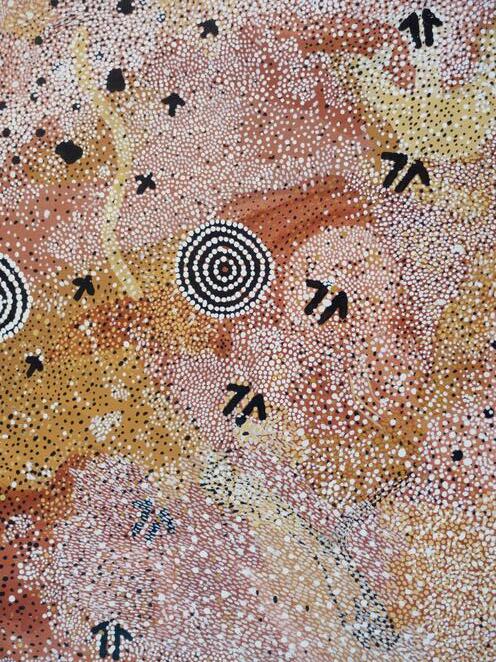
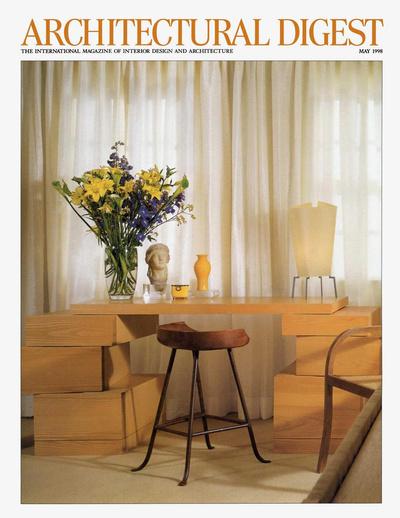
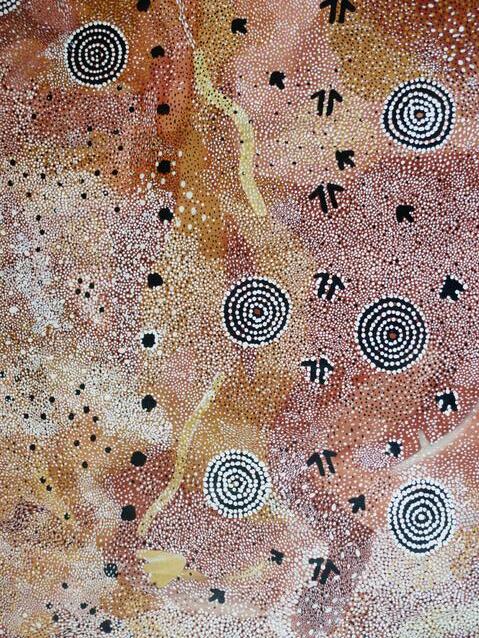
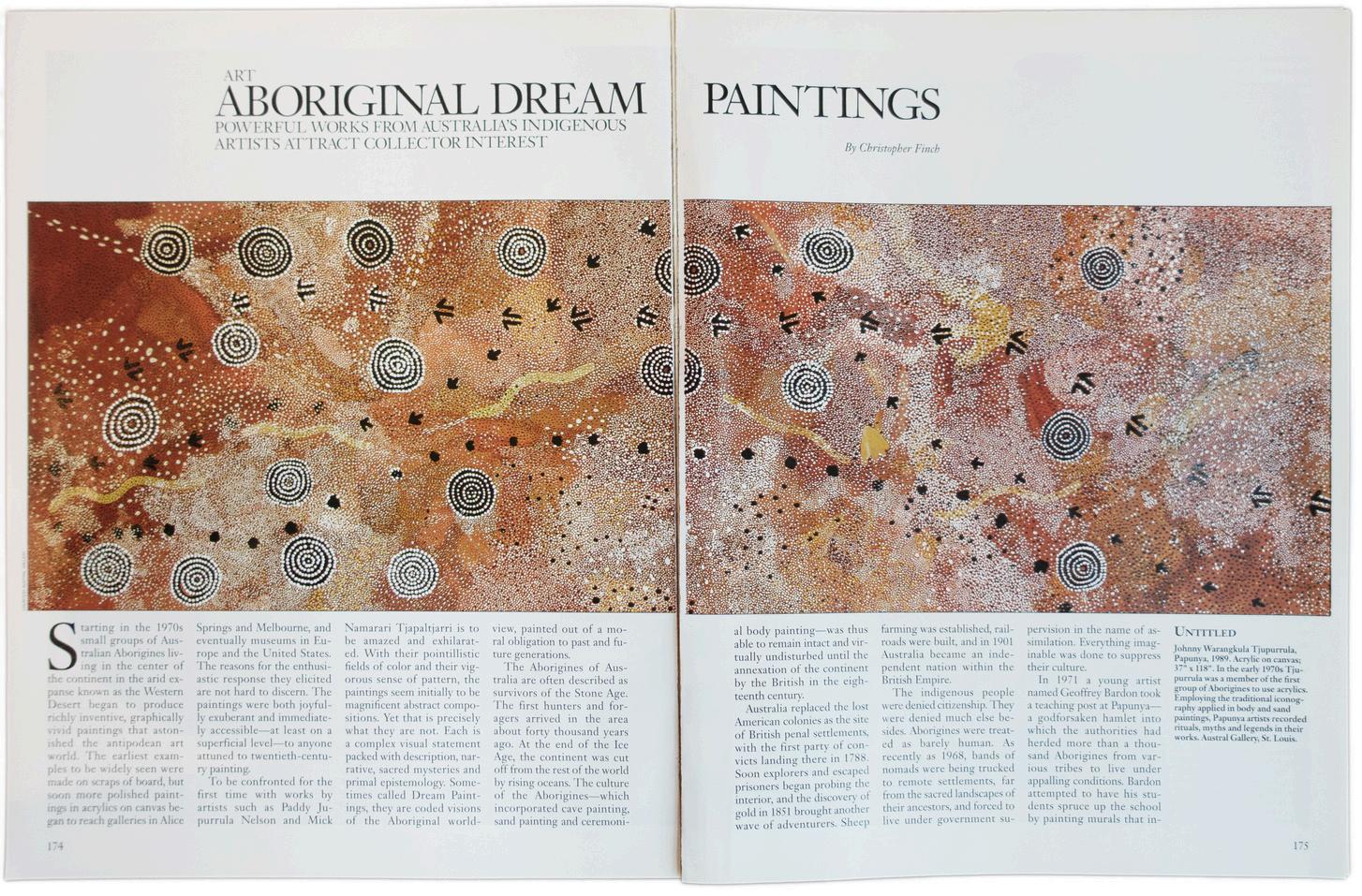
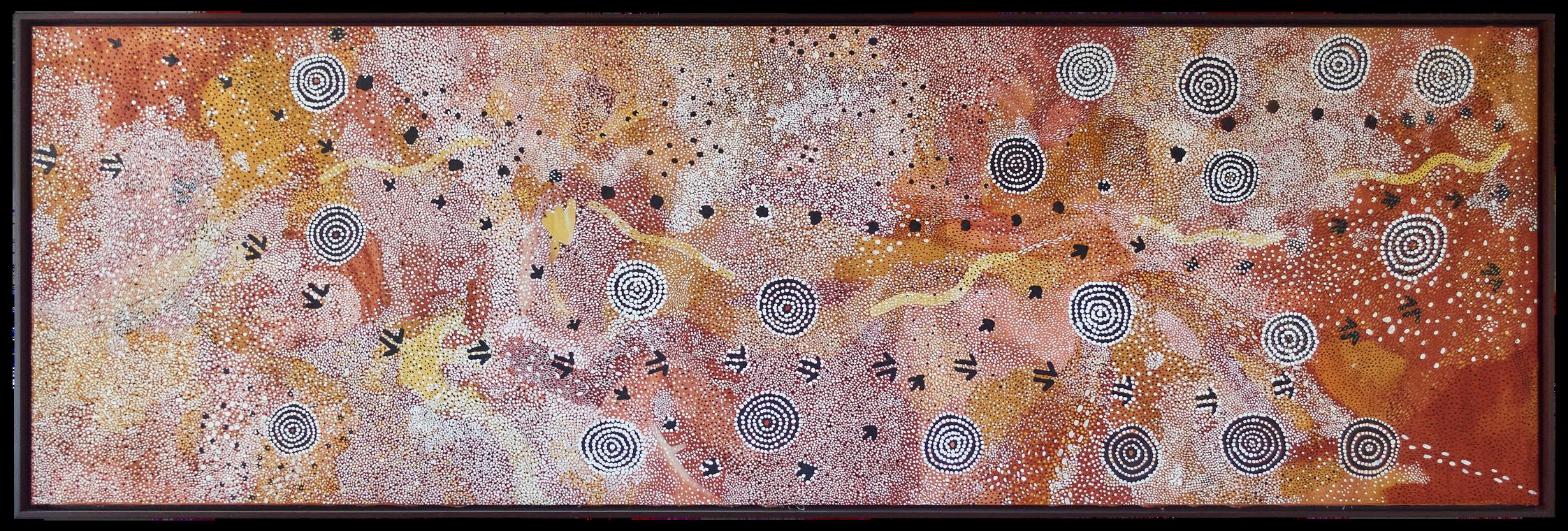

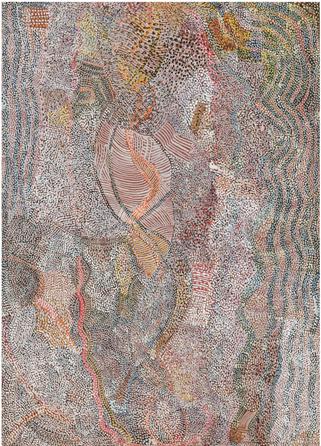
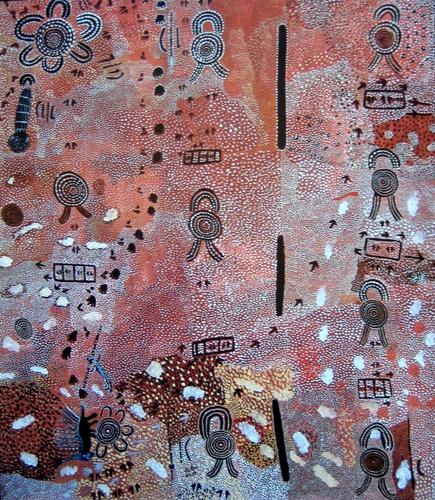
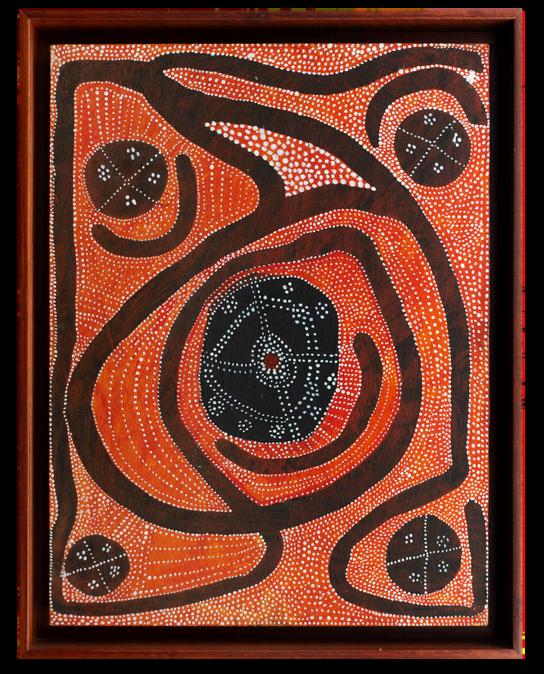
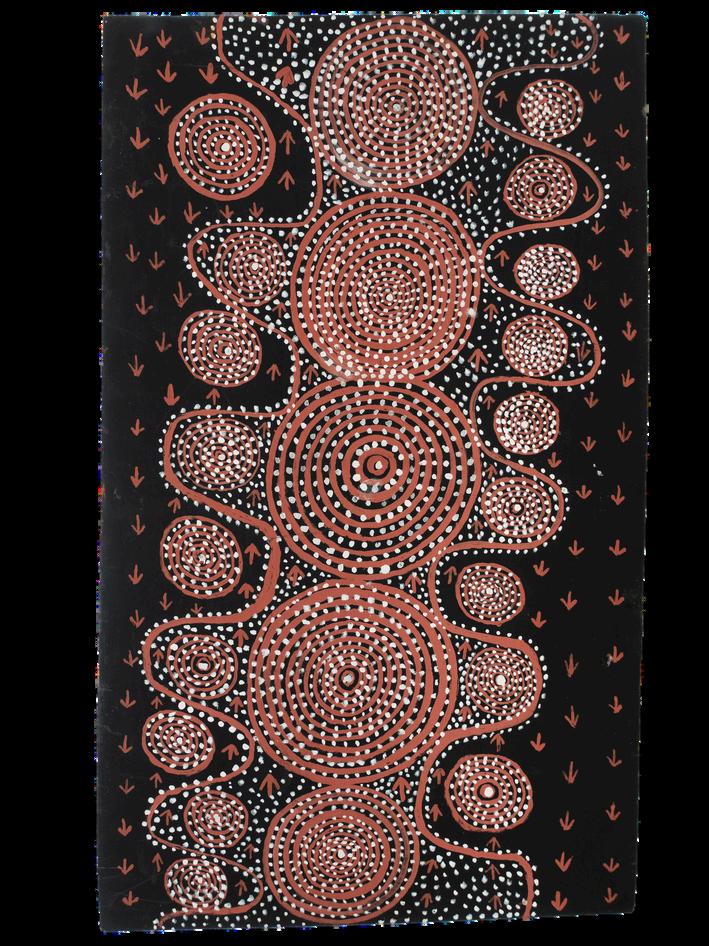
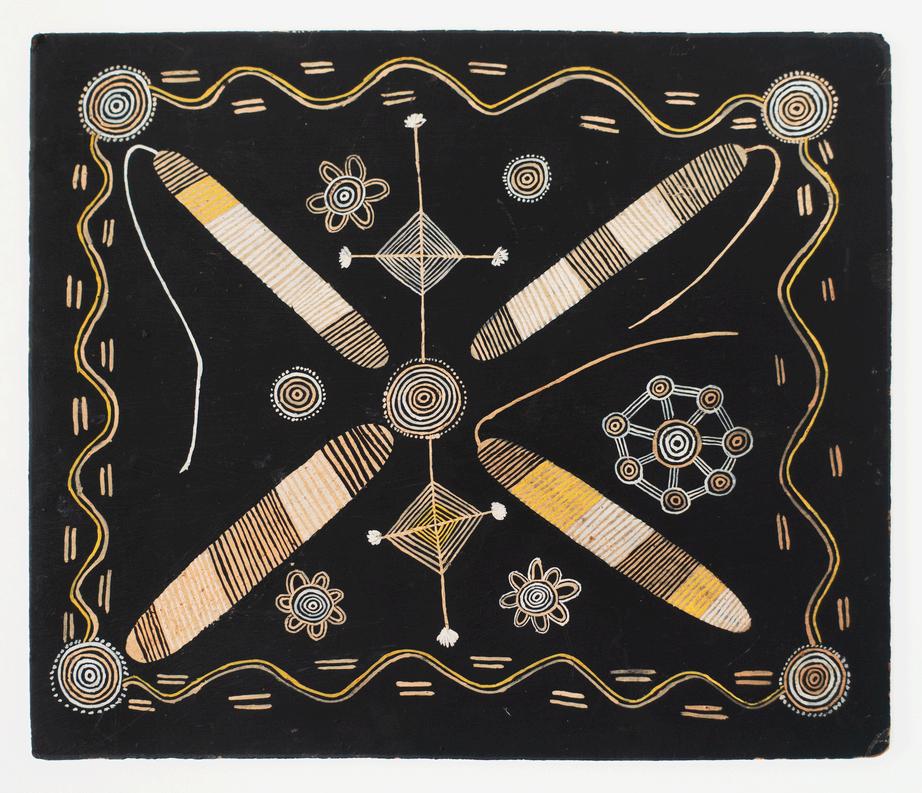

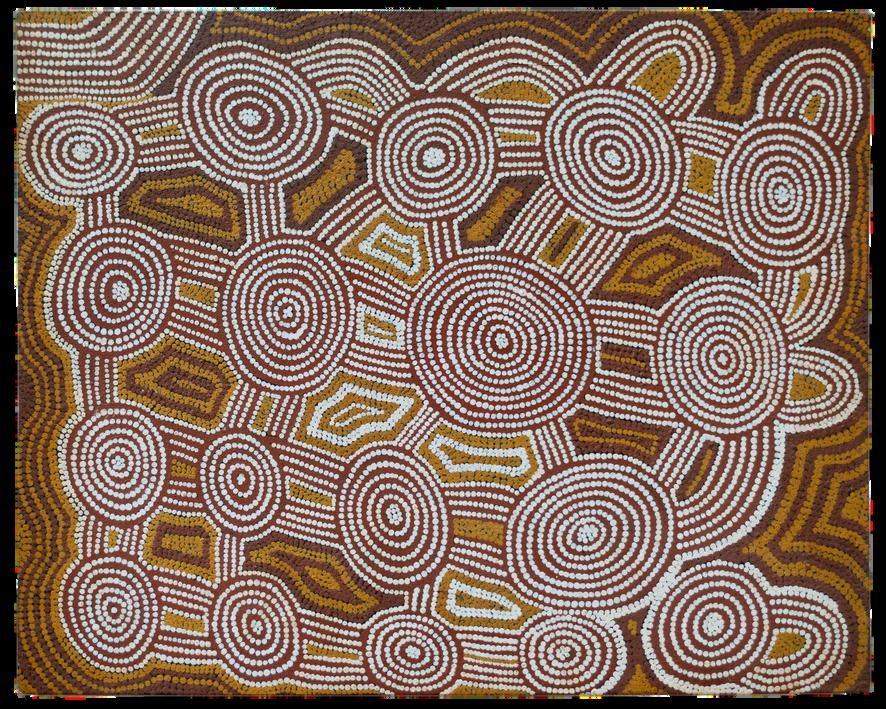
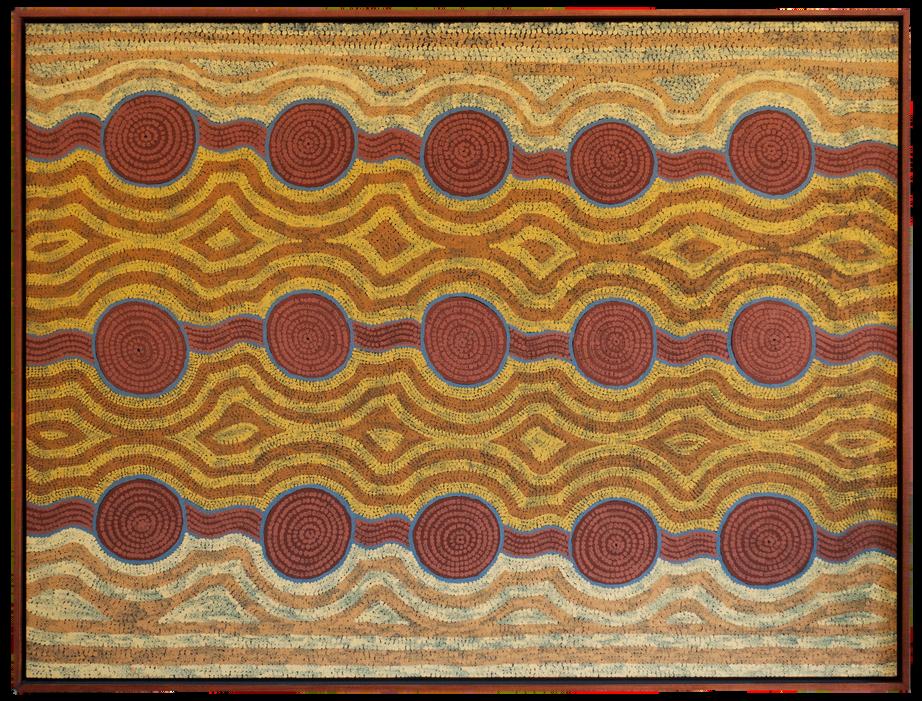

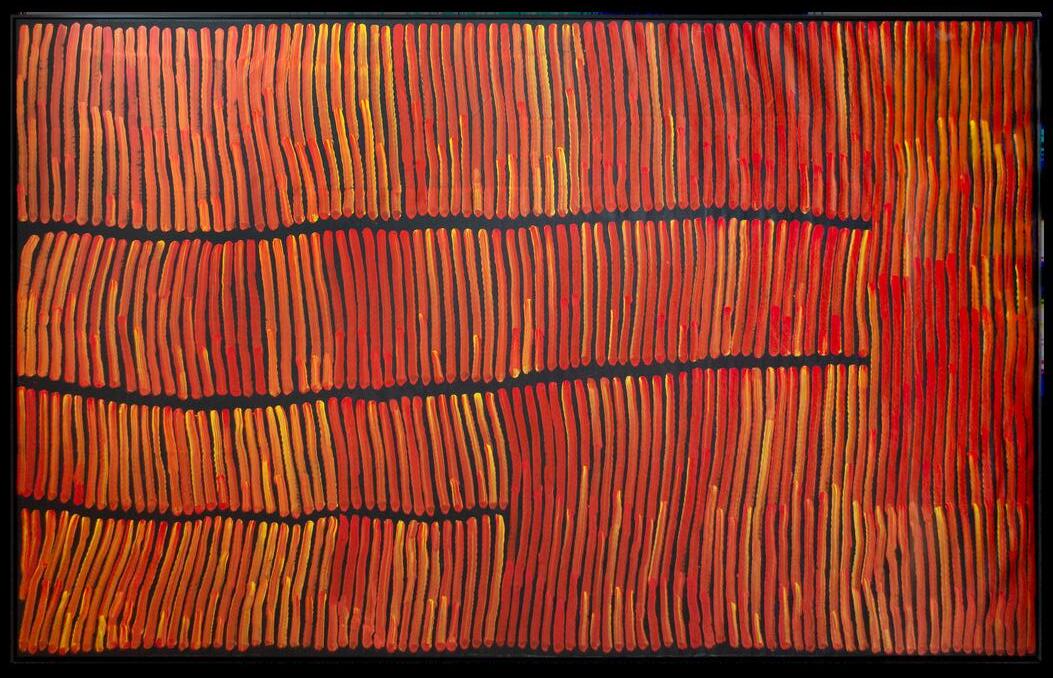
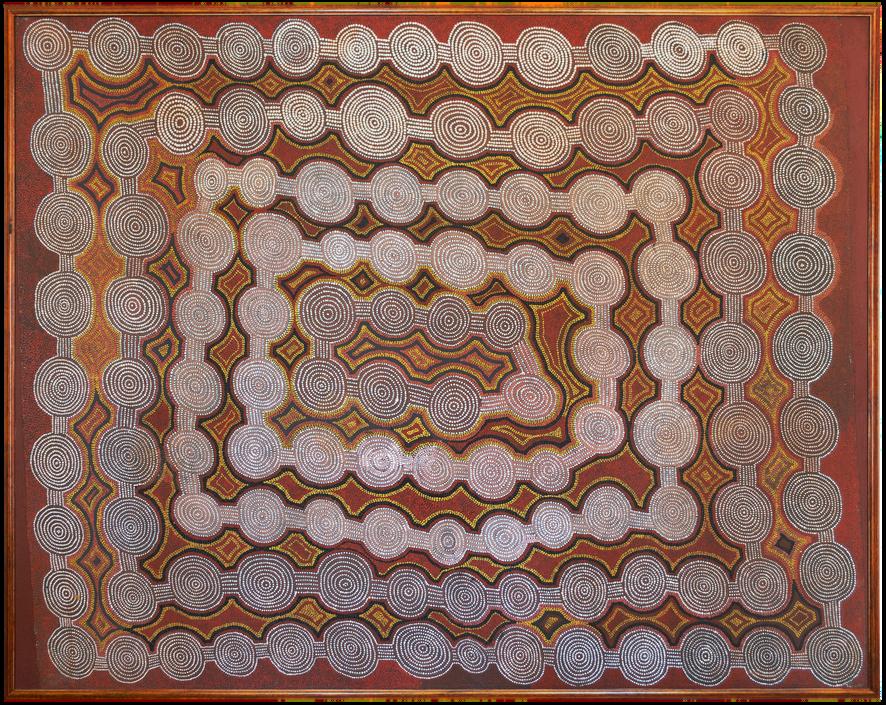
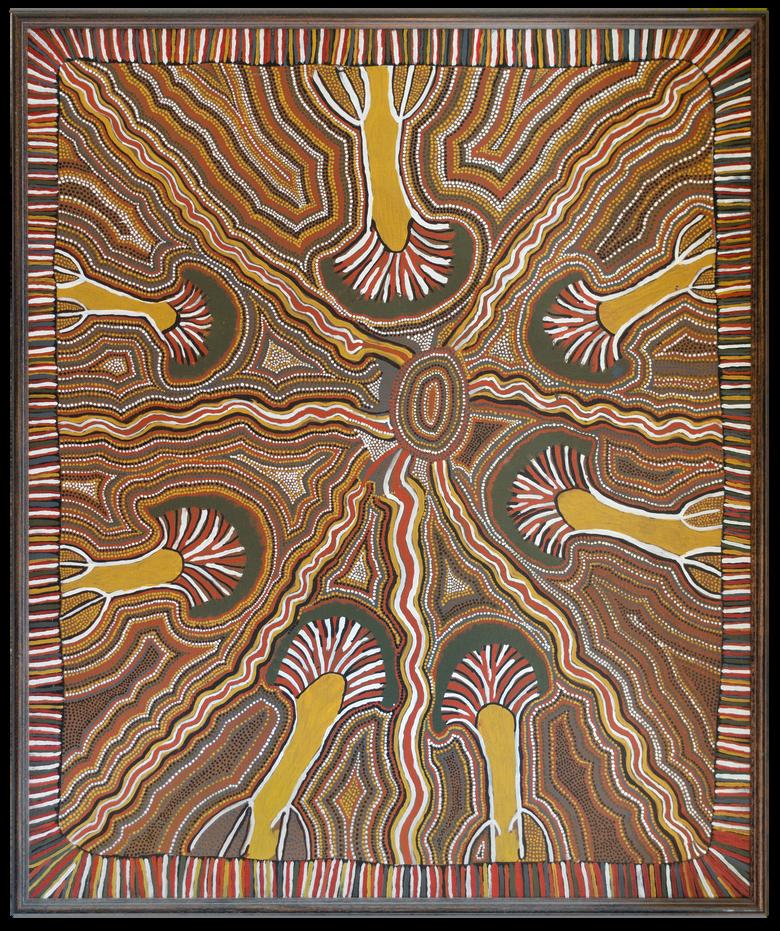
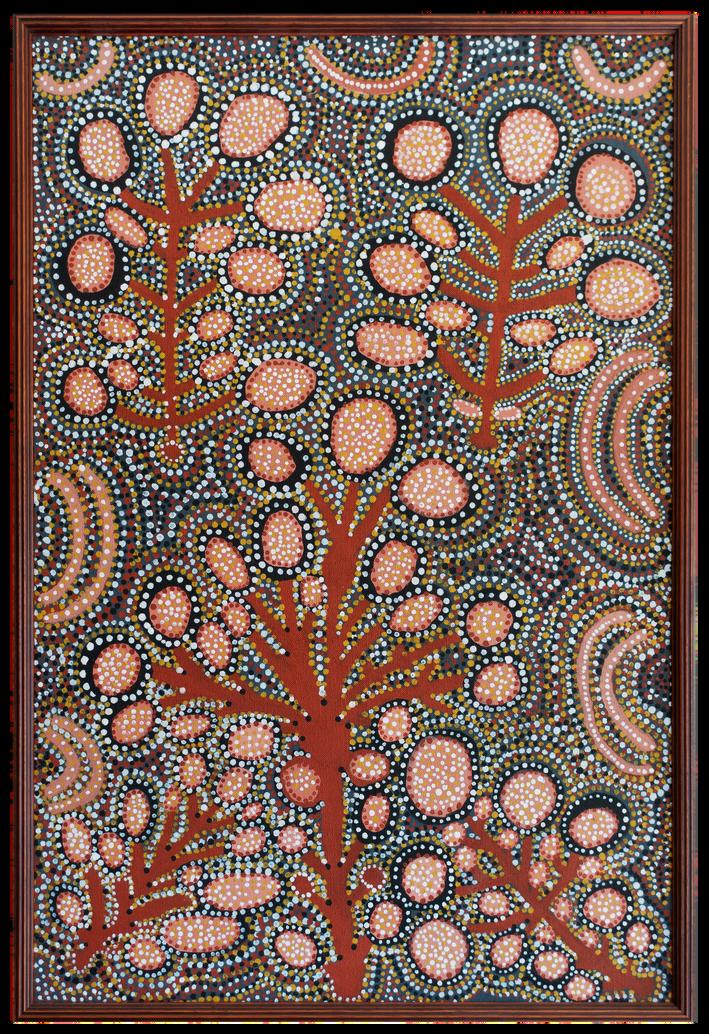
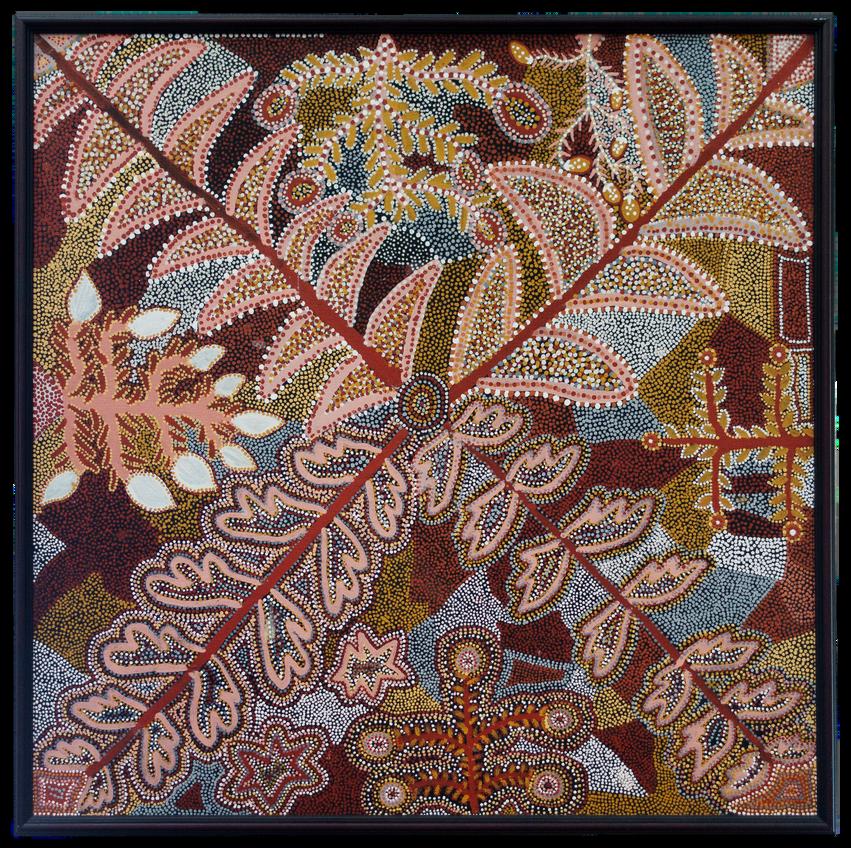
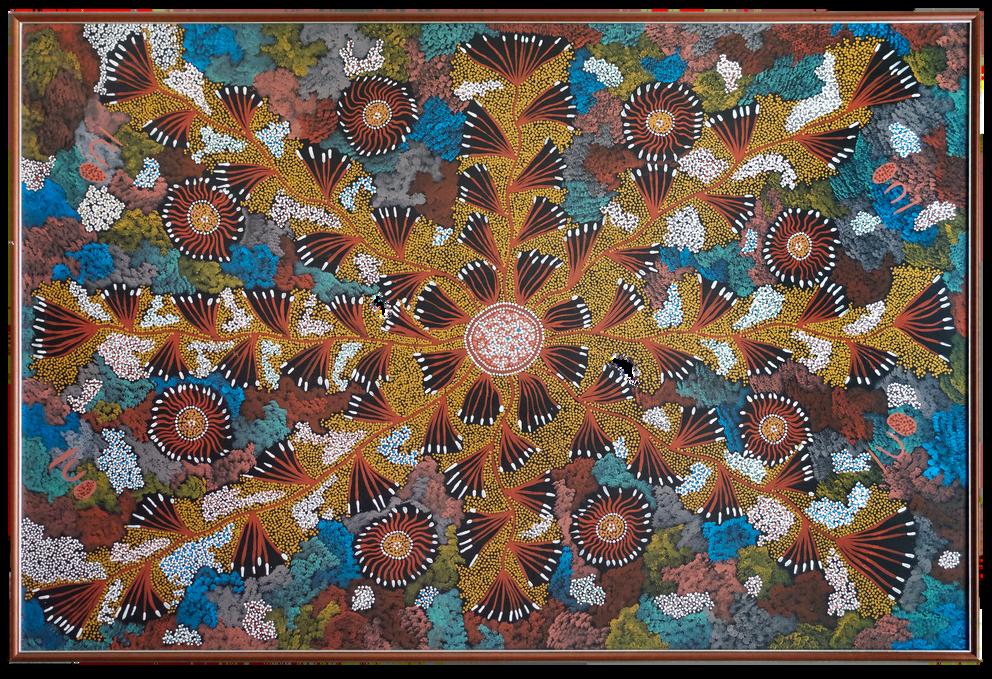
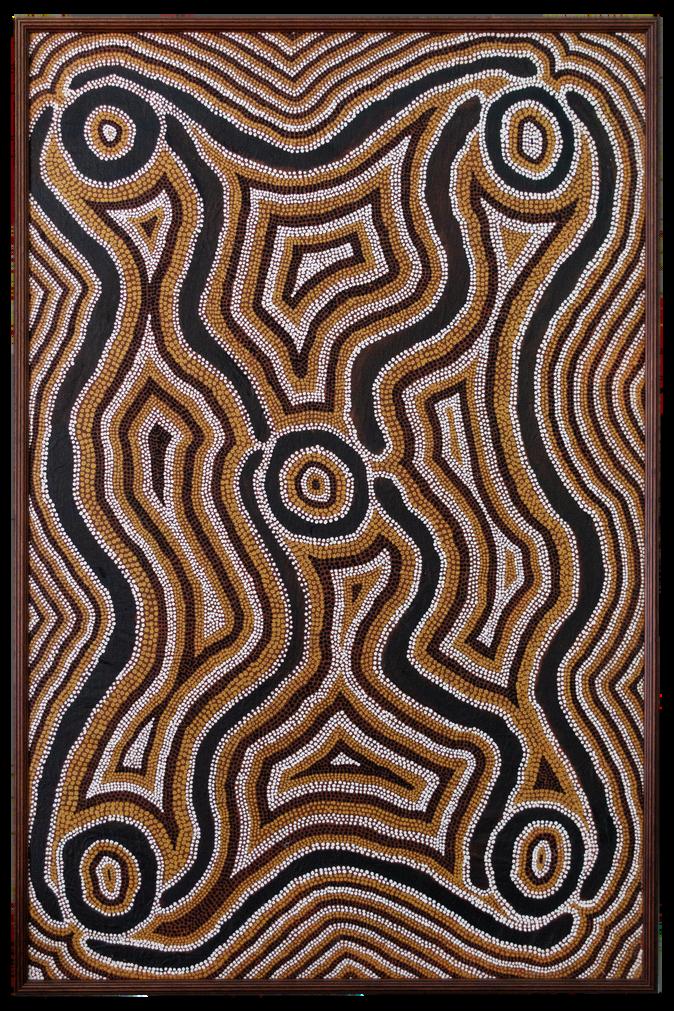
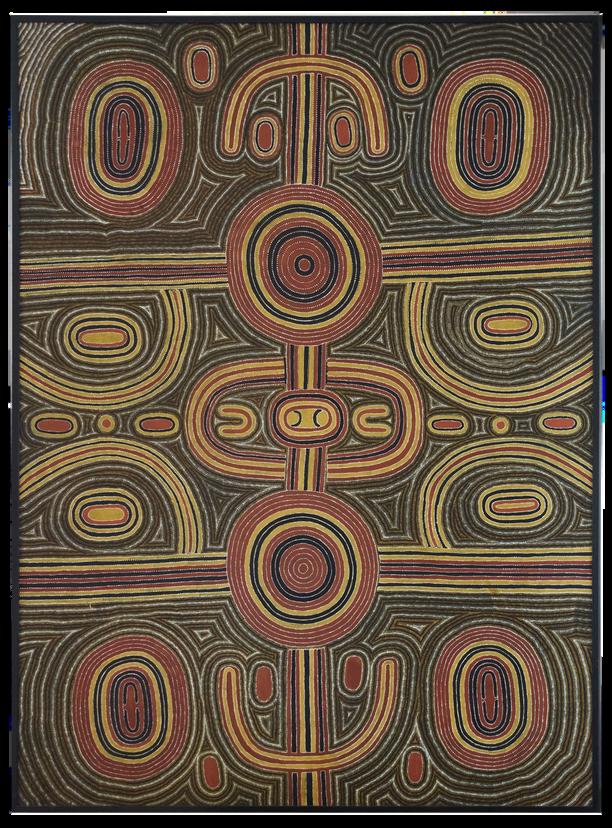
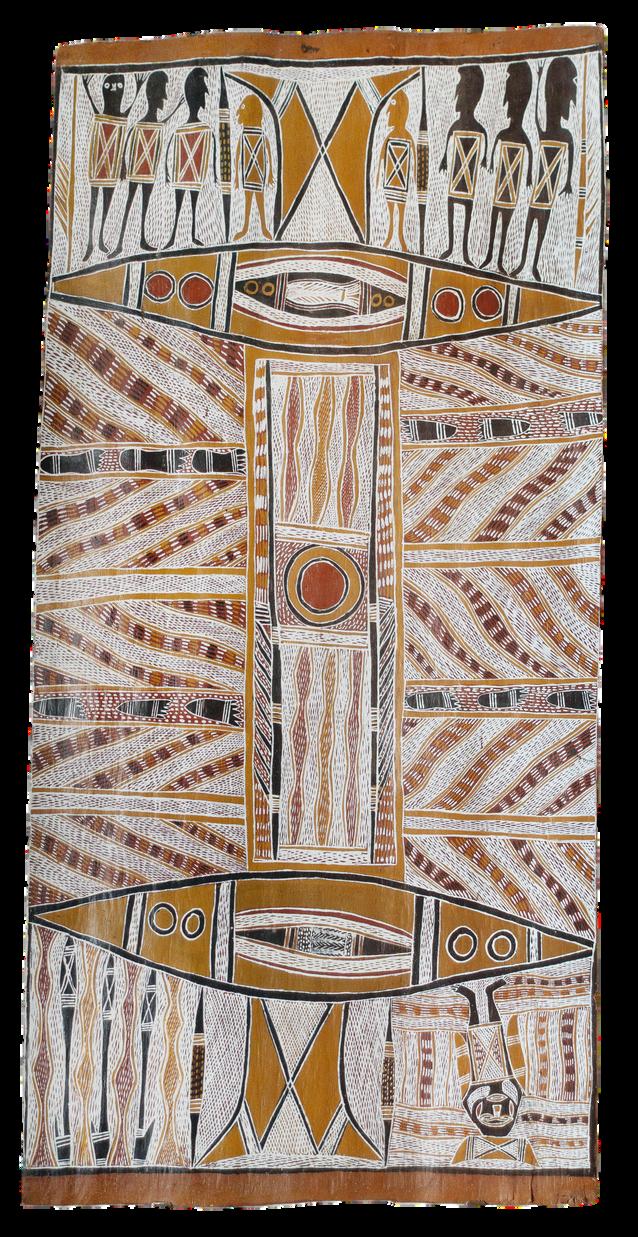
LIGHTNING SNAKE, 1996
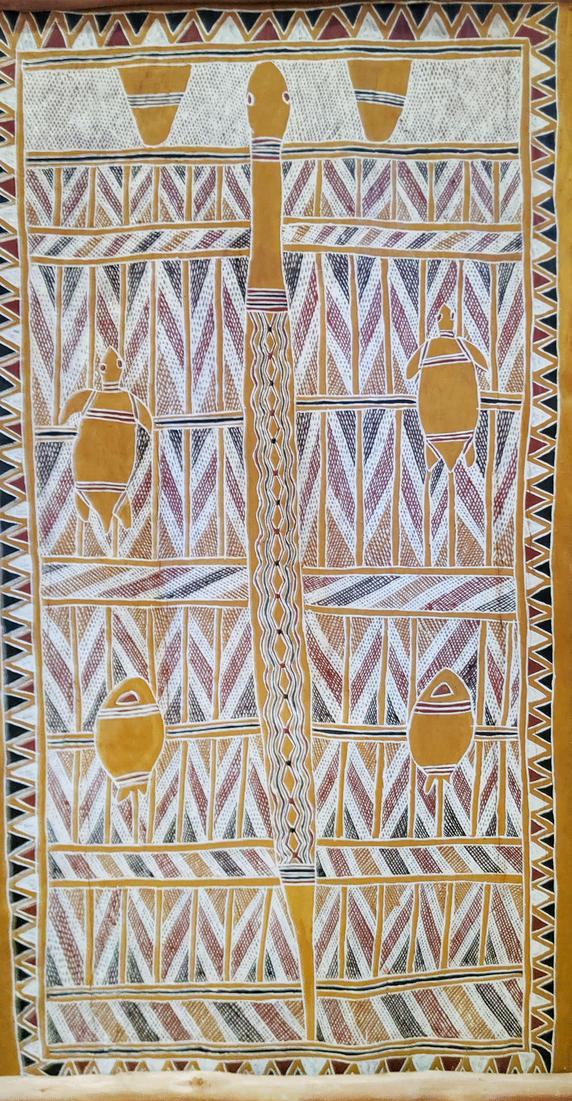
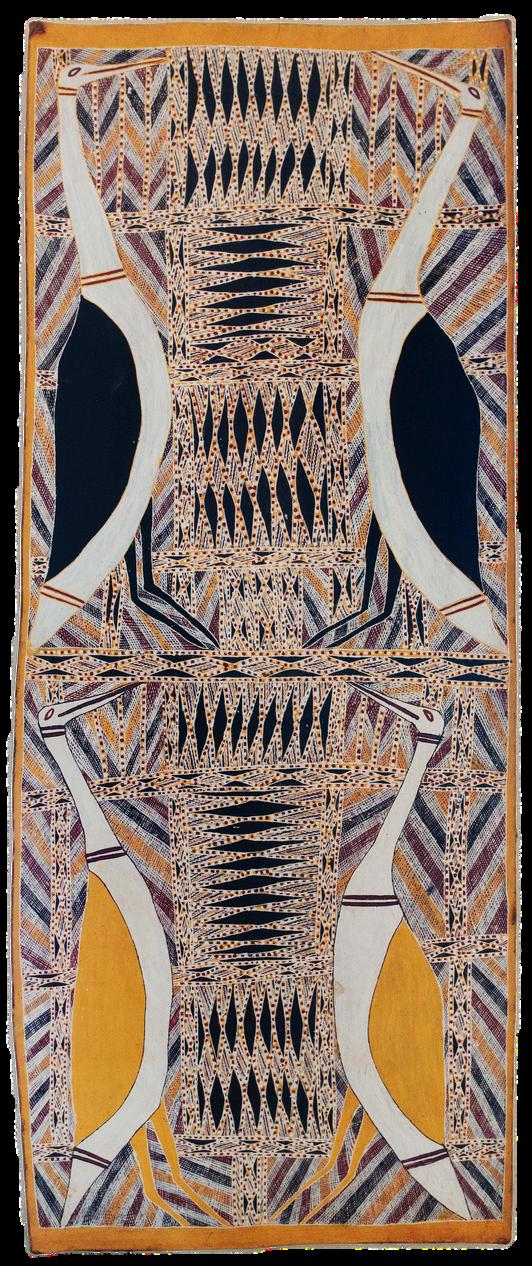
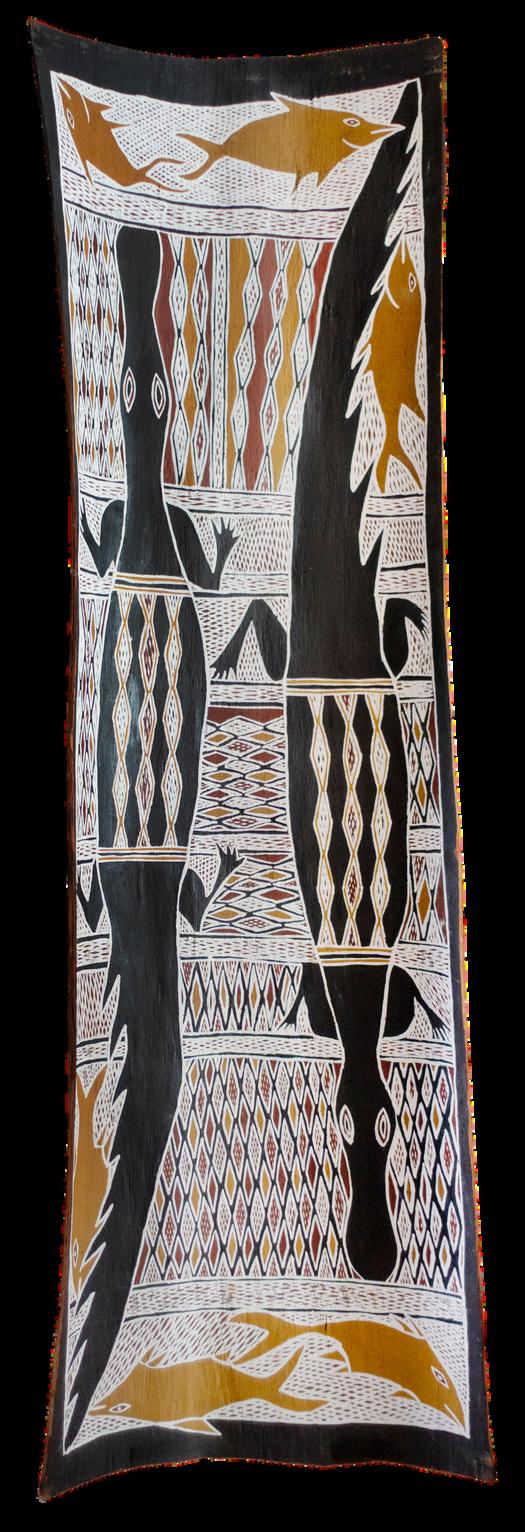
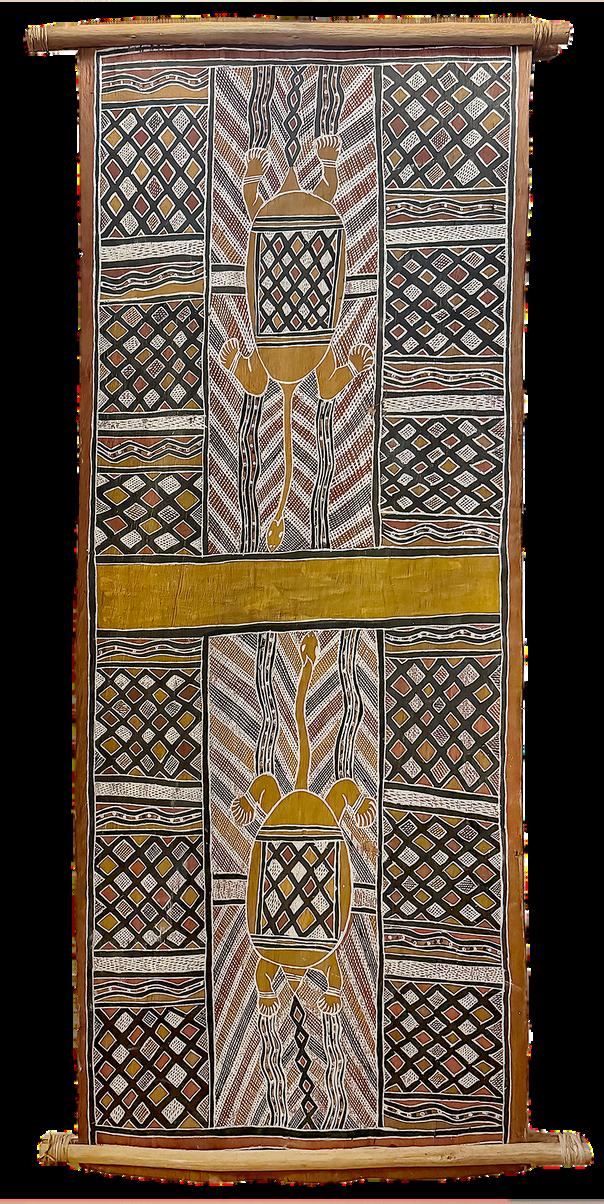


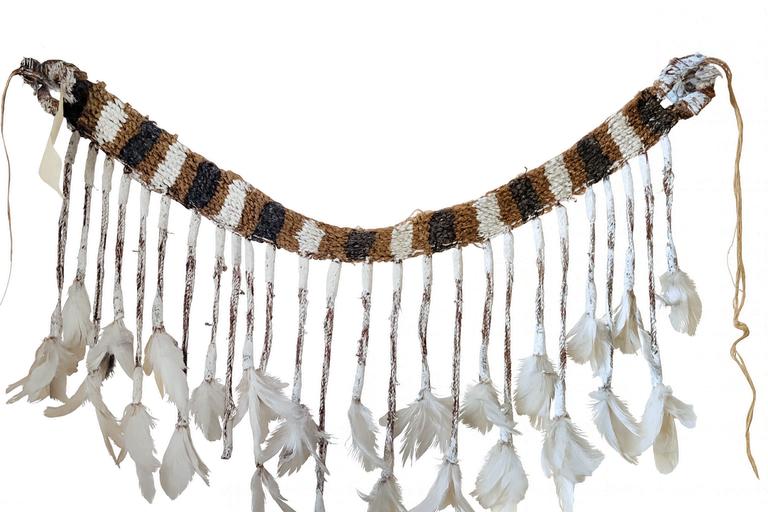

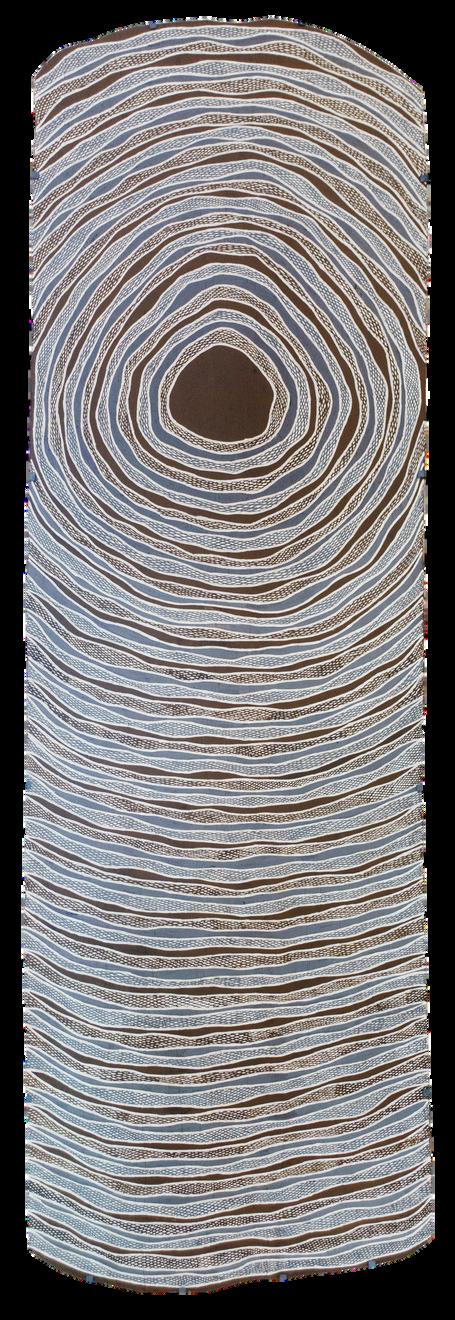
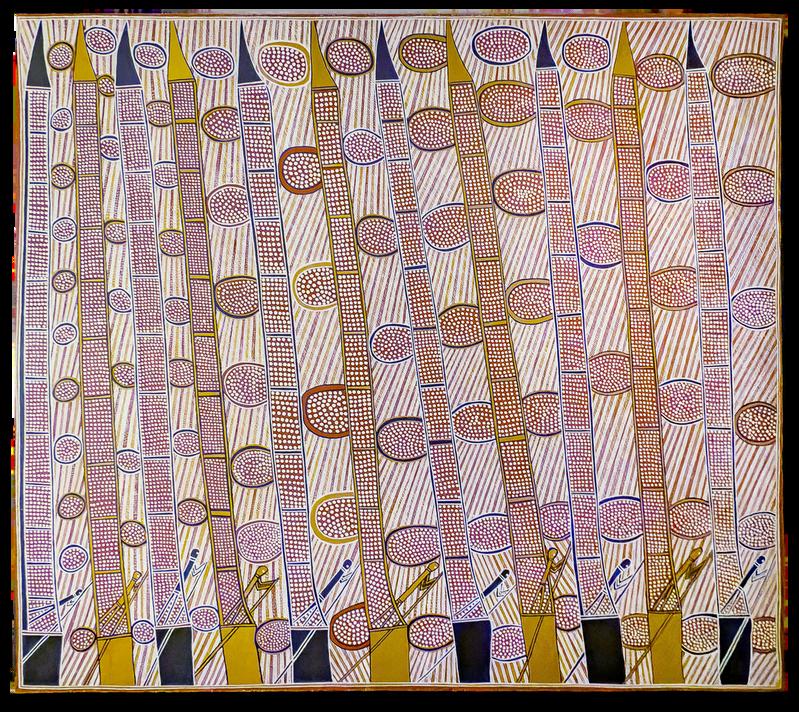
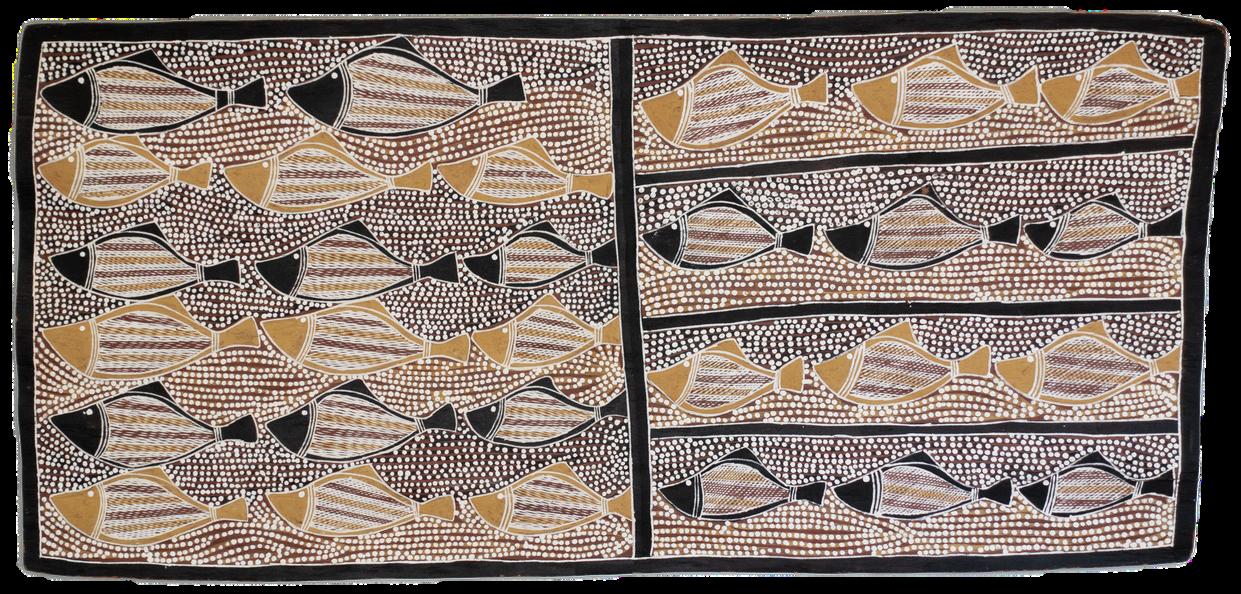
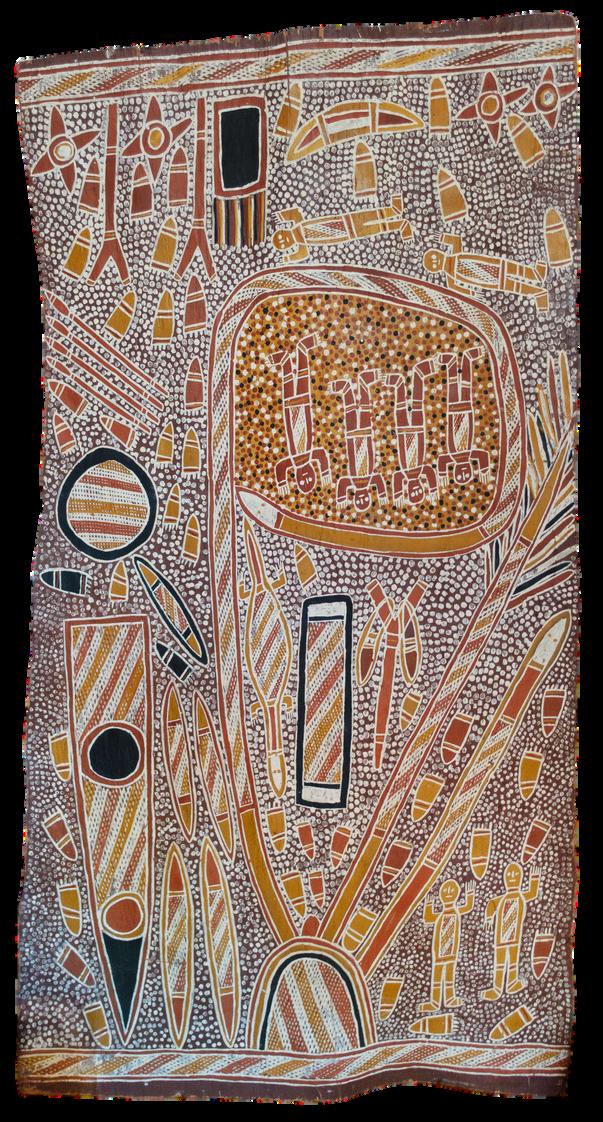
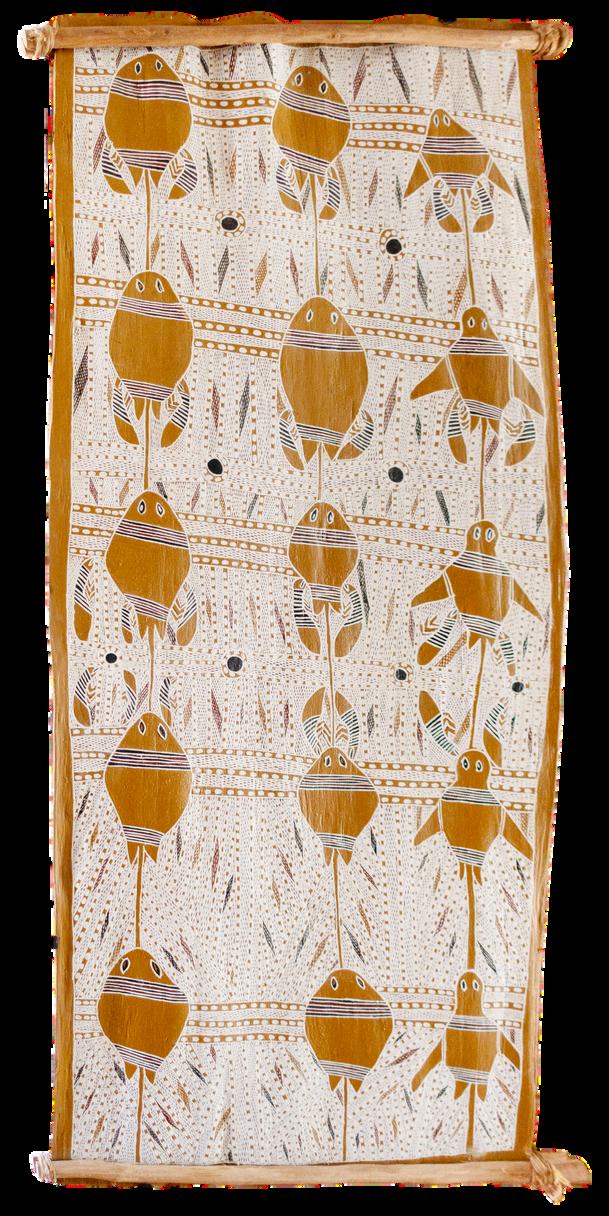
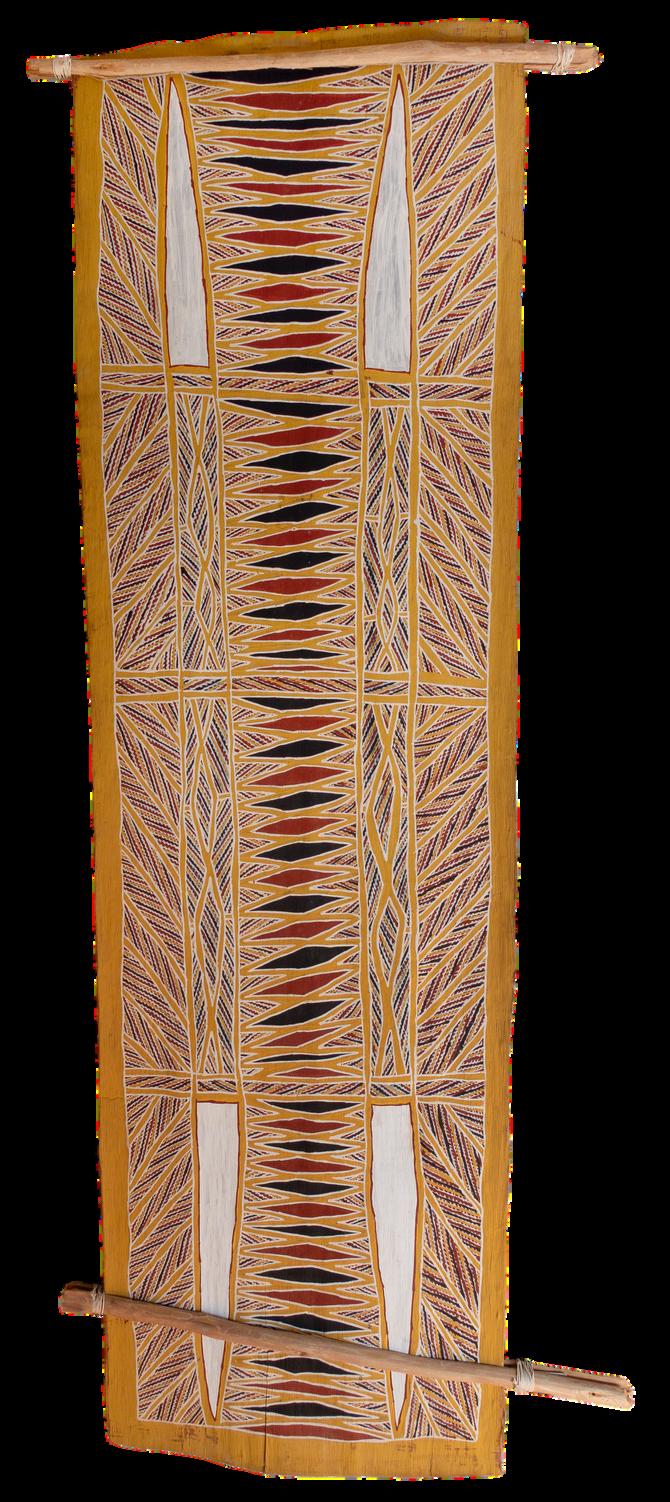
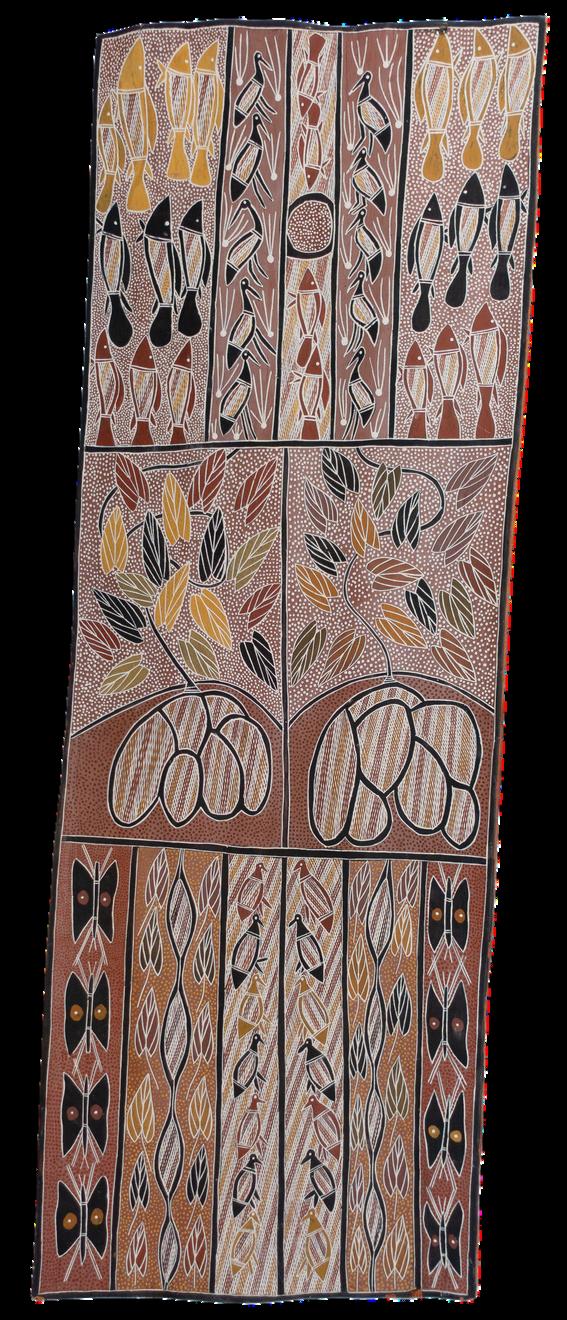
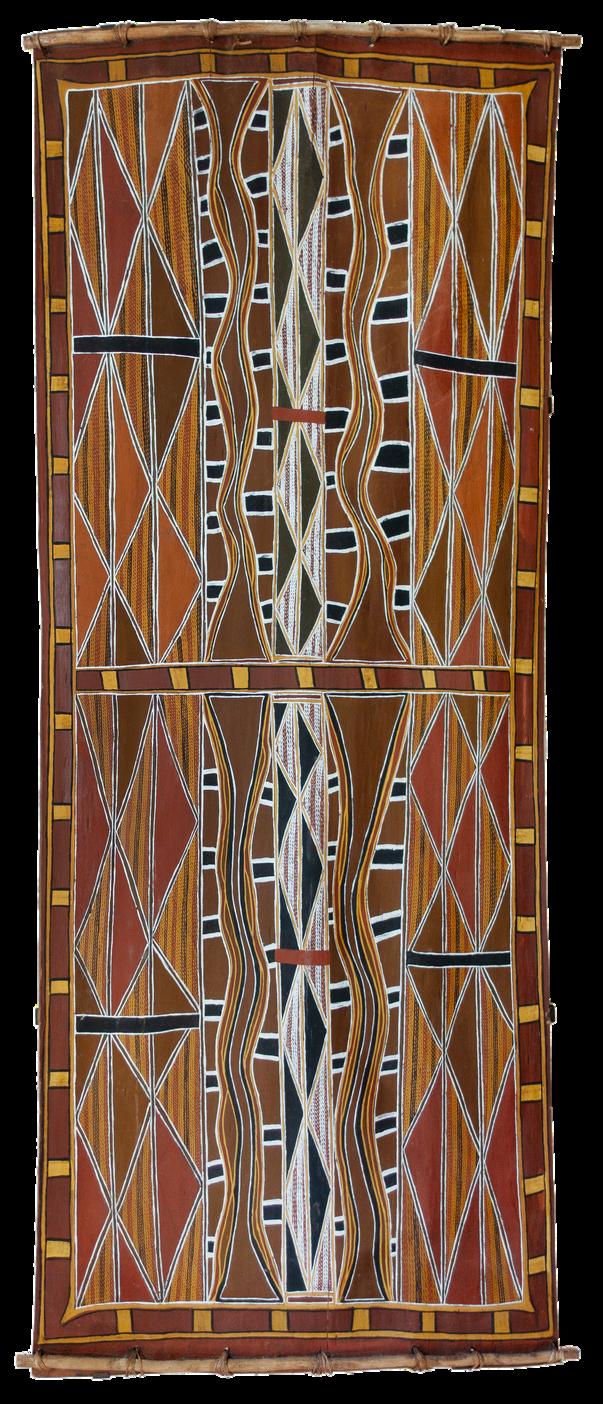

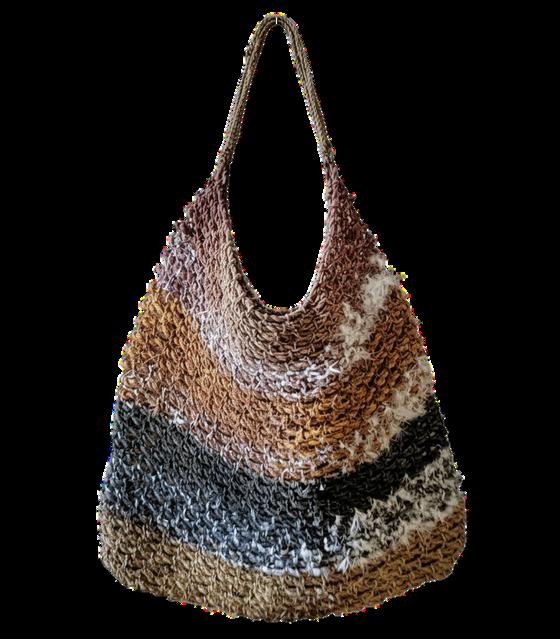
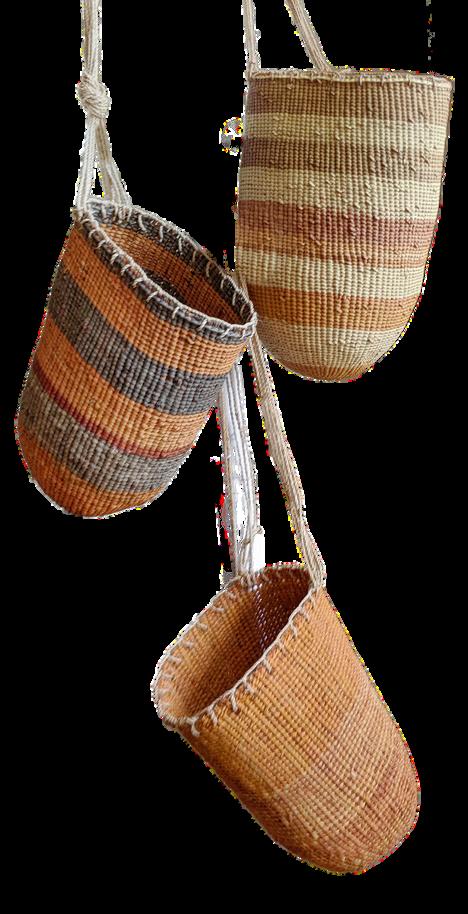


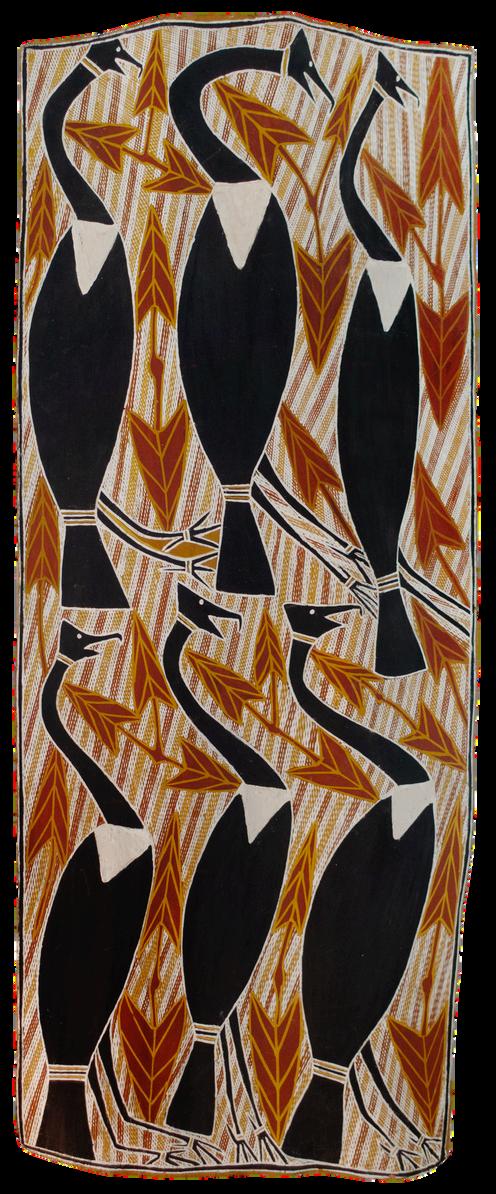
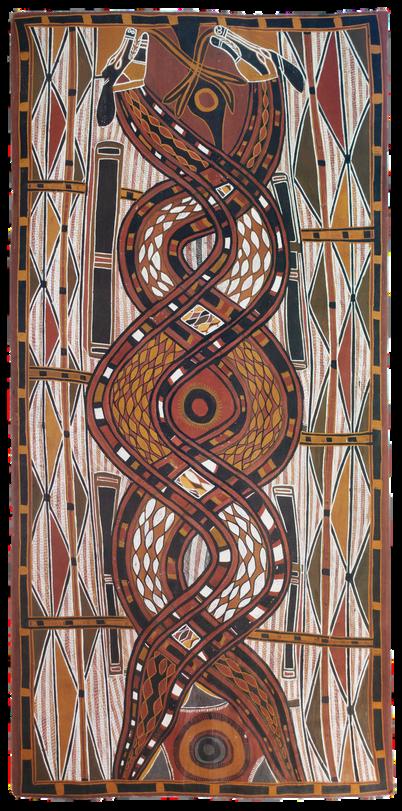
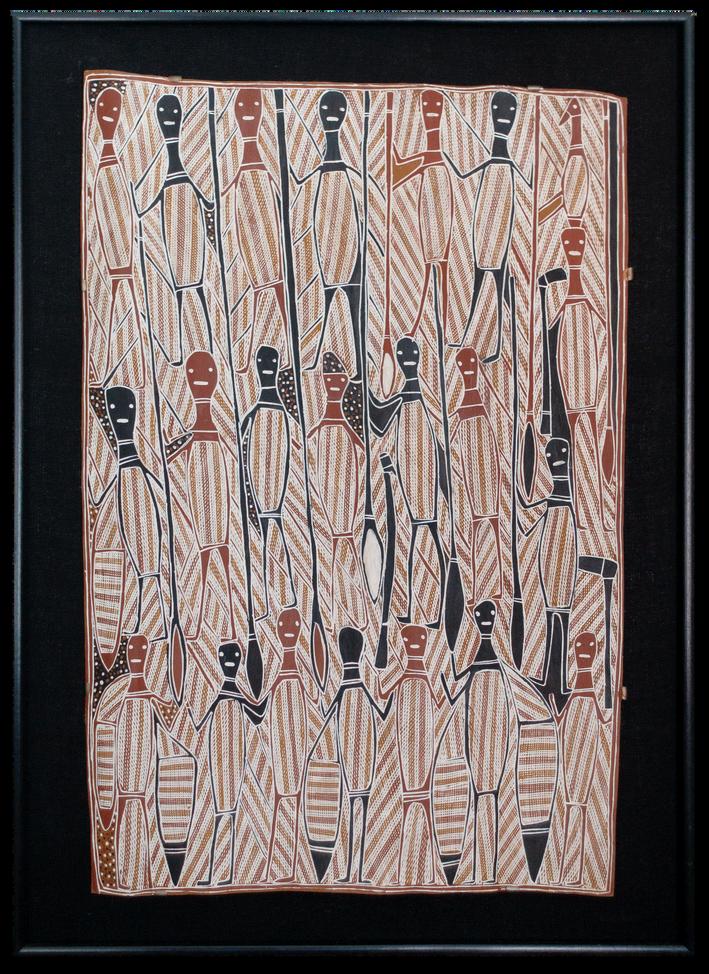
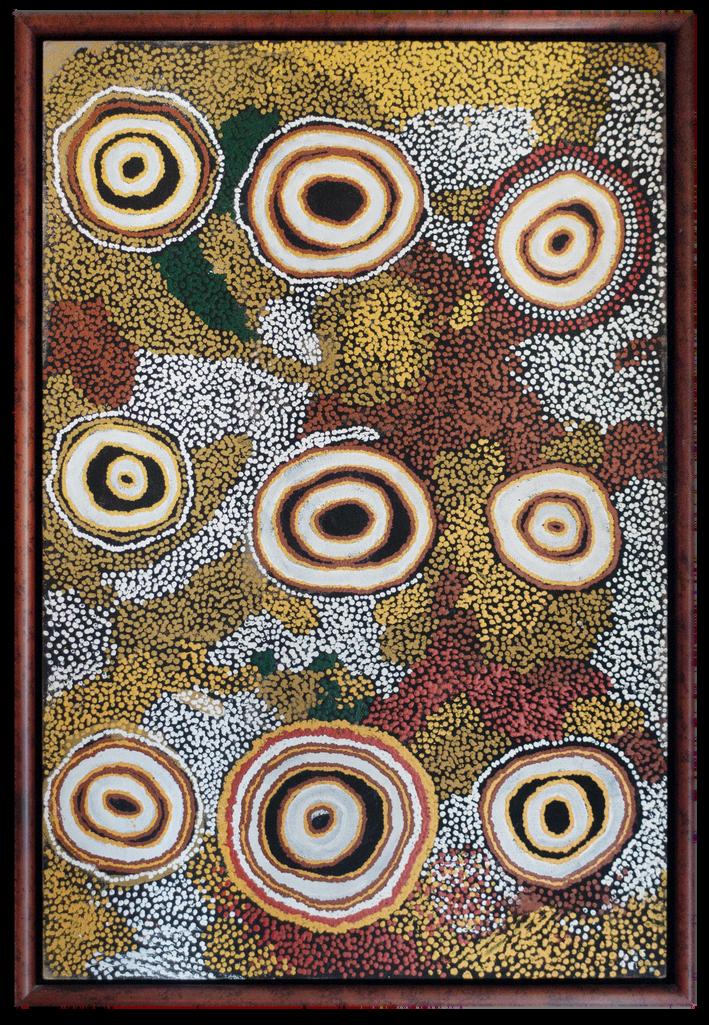
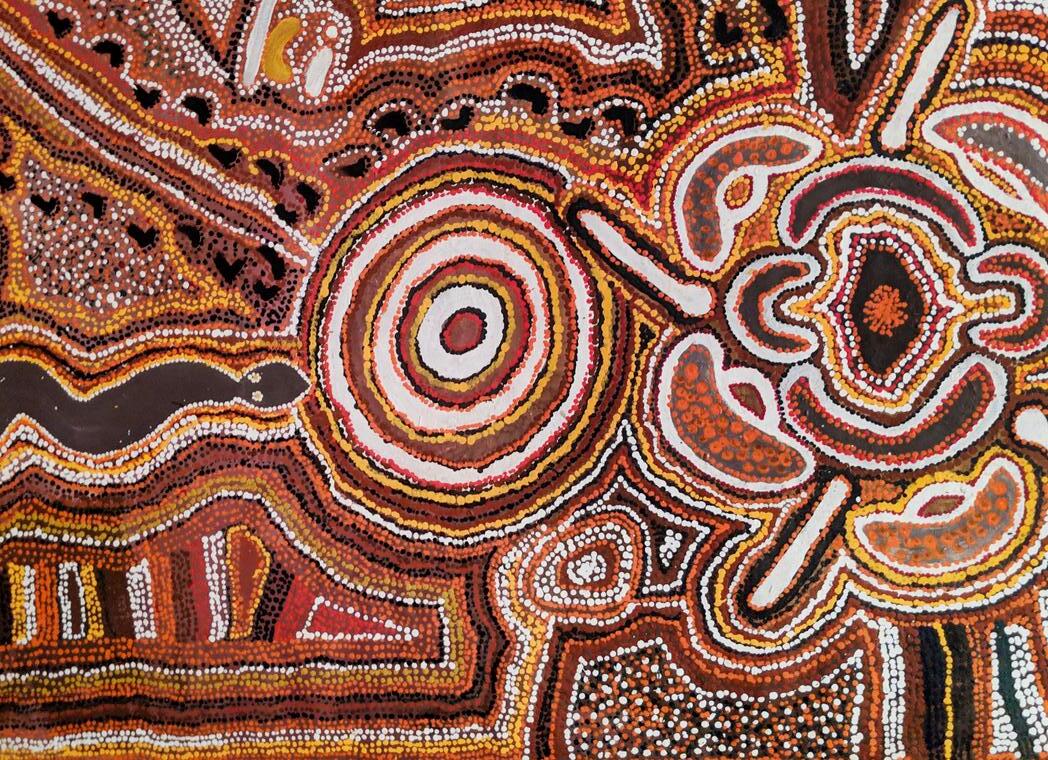
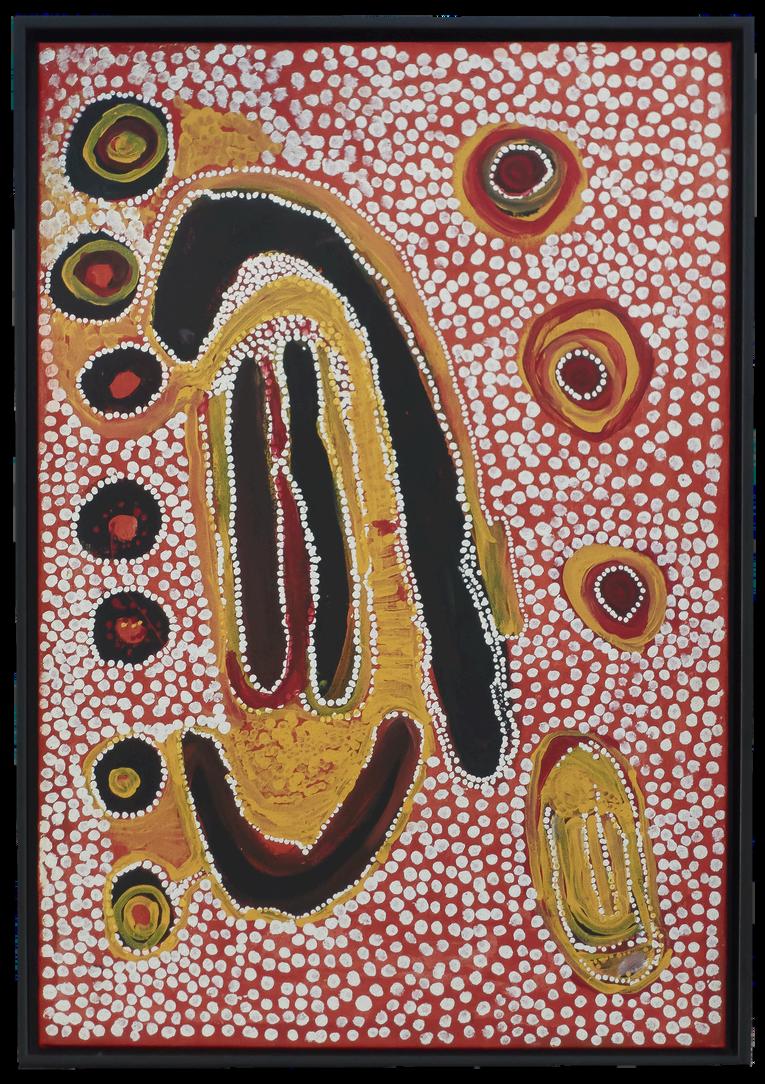
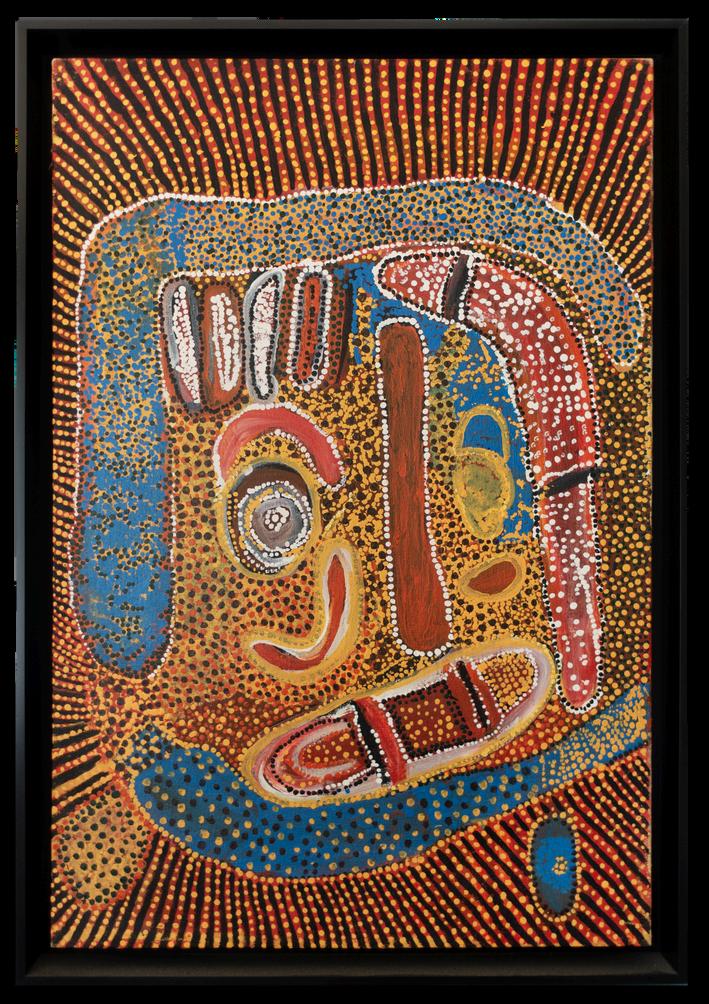
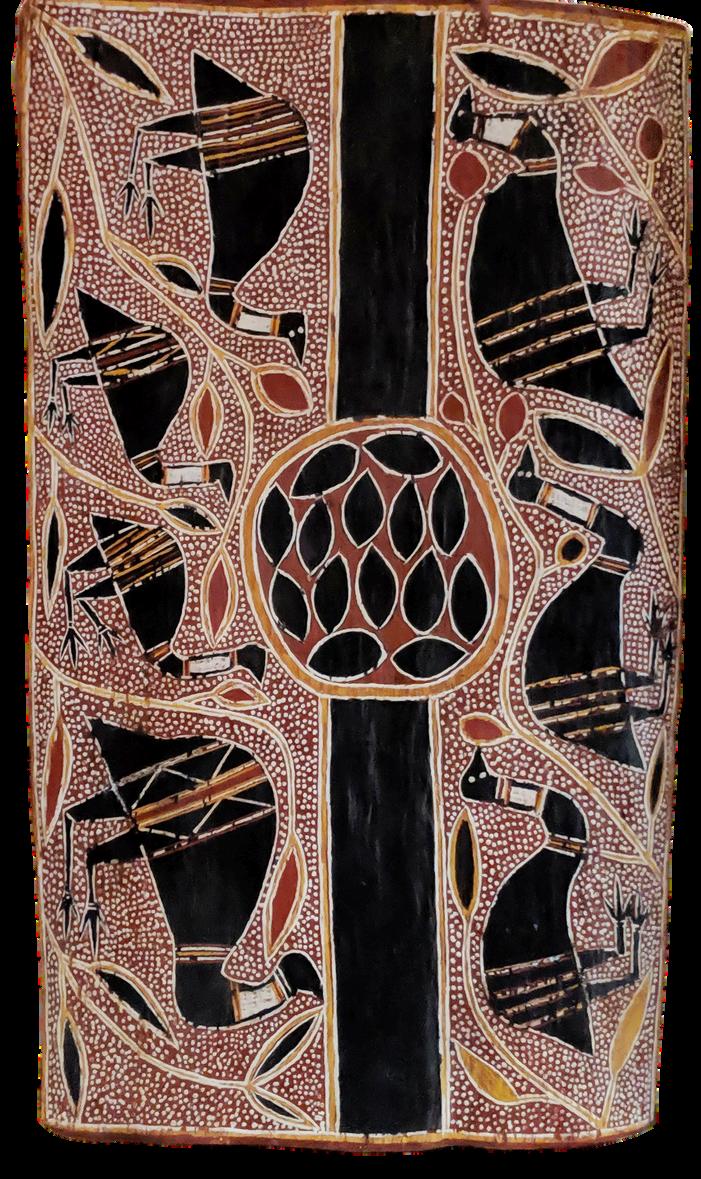
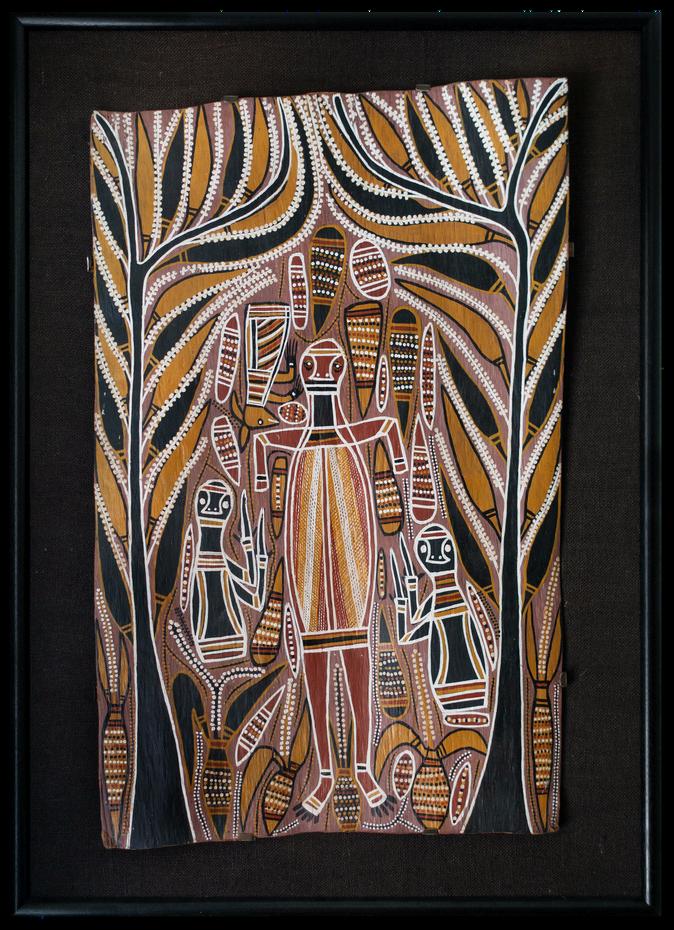
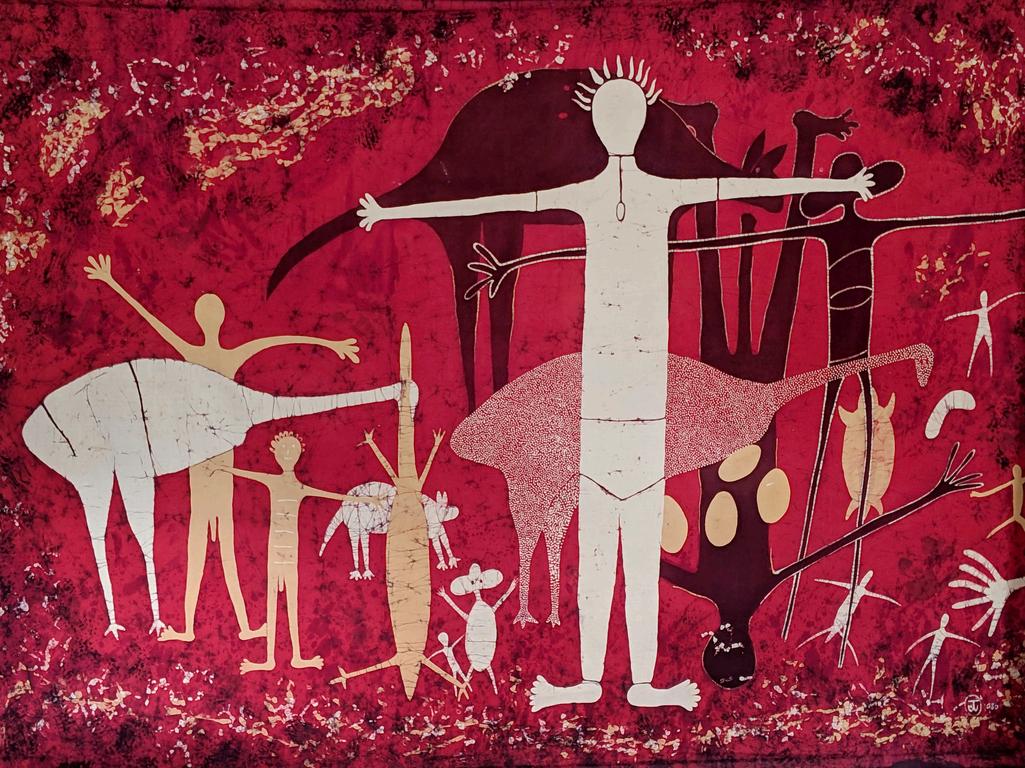
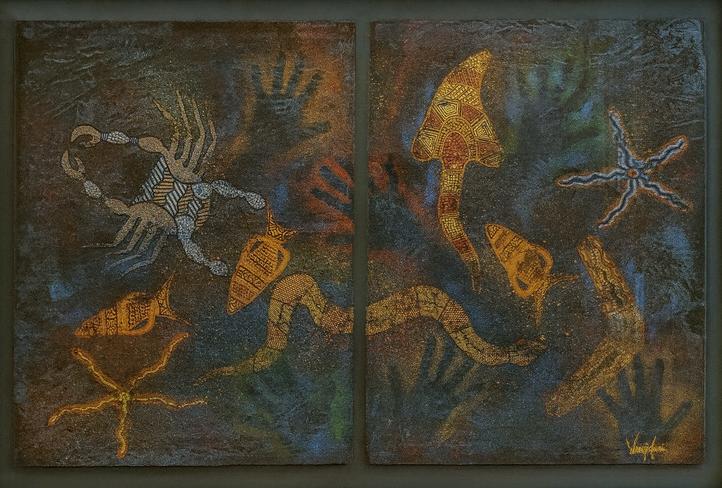
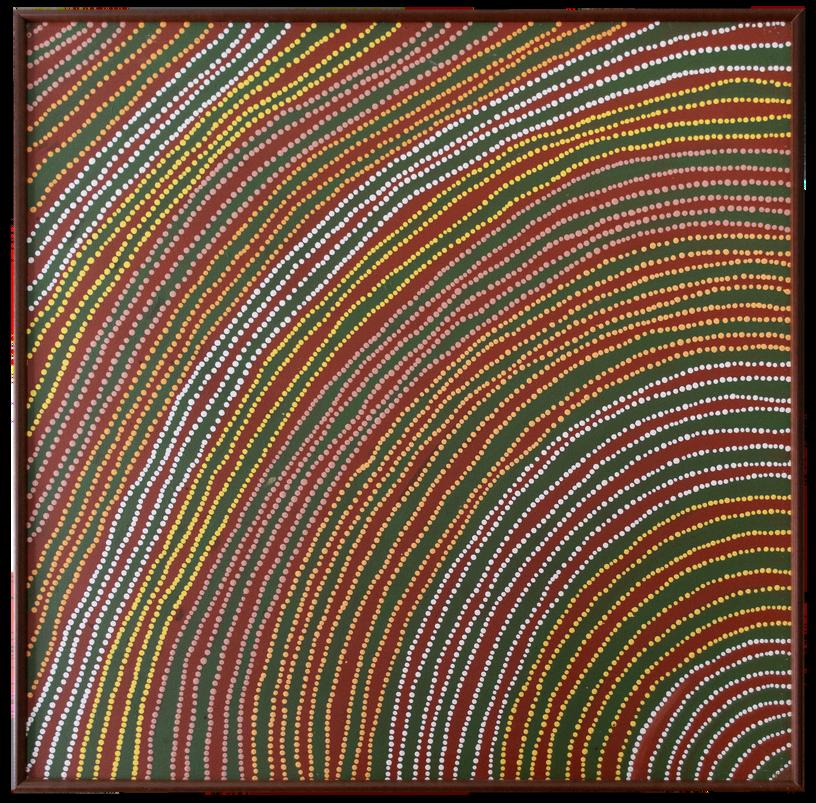
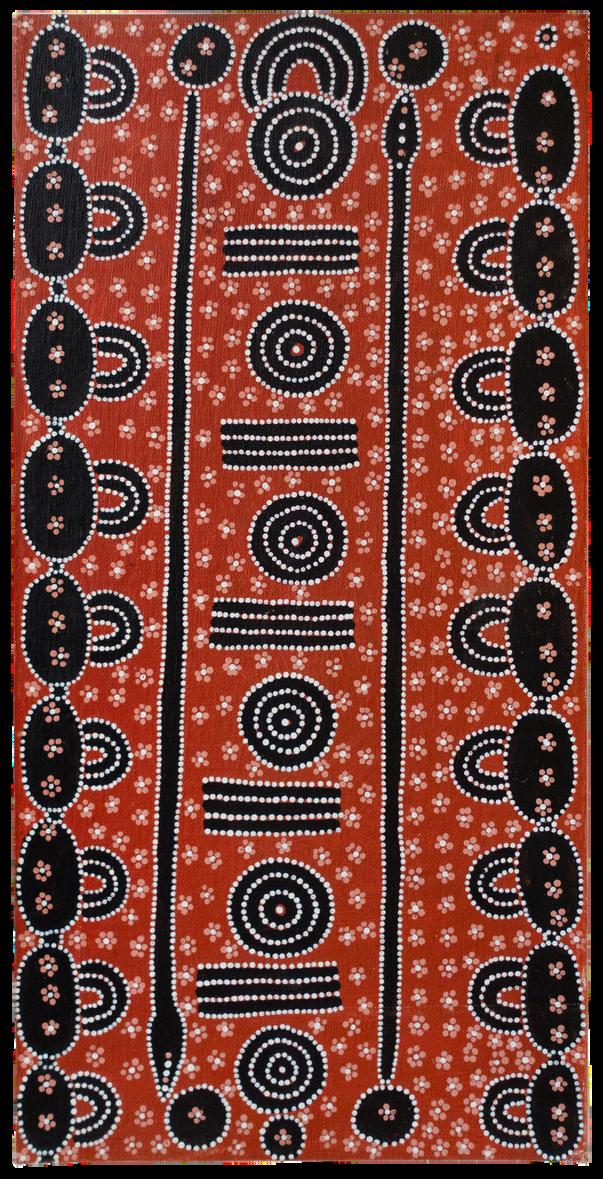
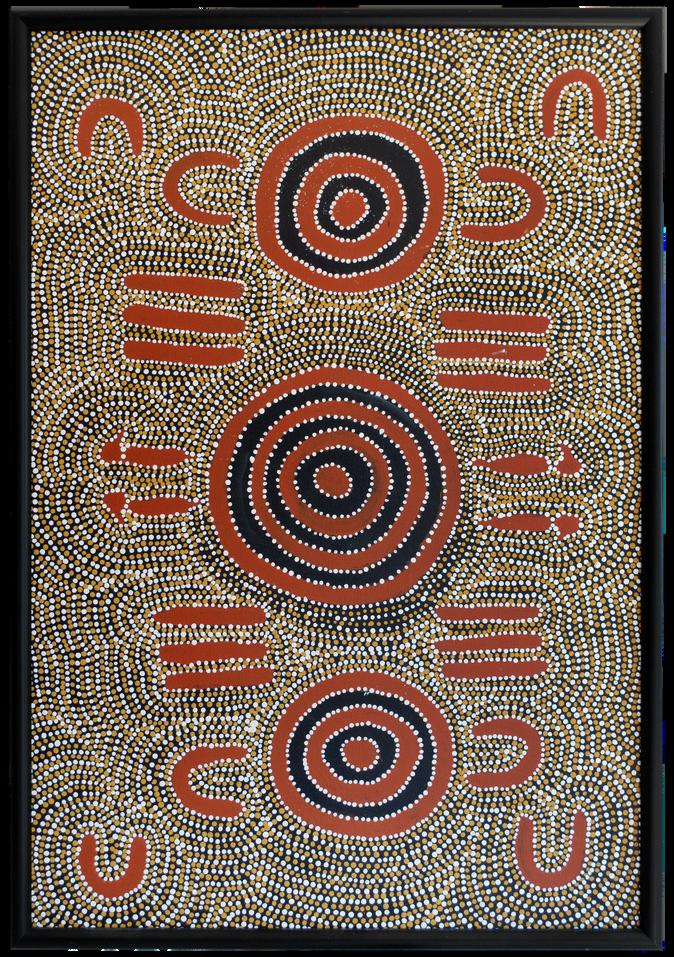
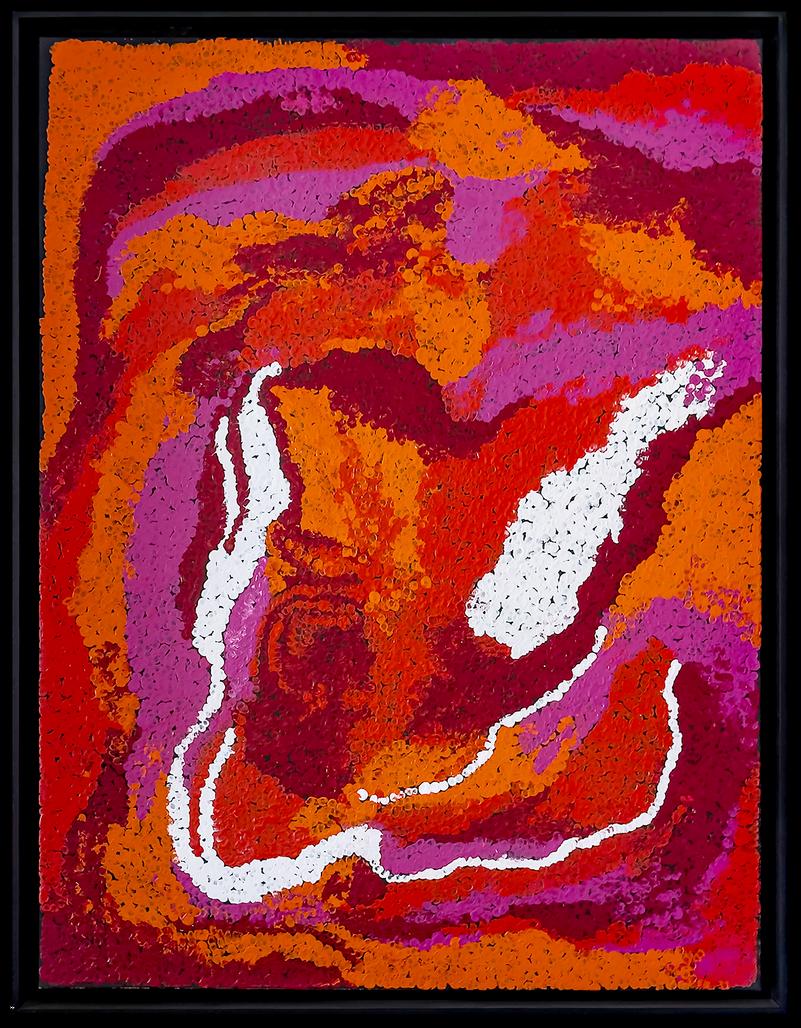
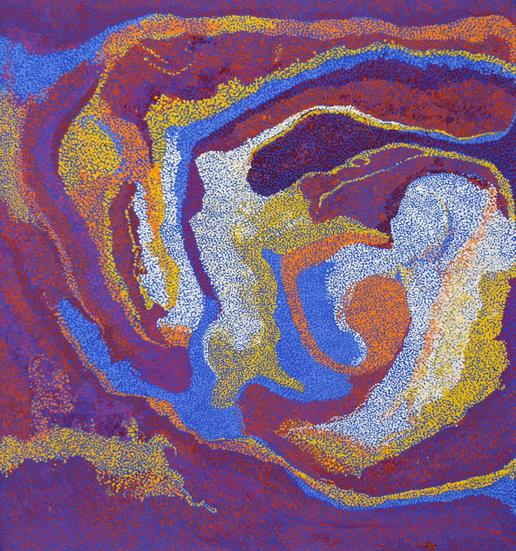
To register to bid in this auction, and to view the terms and conditions, and details on how to pay and collect your winning lots https://www.theodorebruceauction s.com.au/auctions/upcomingauctions/


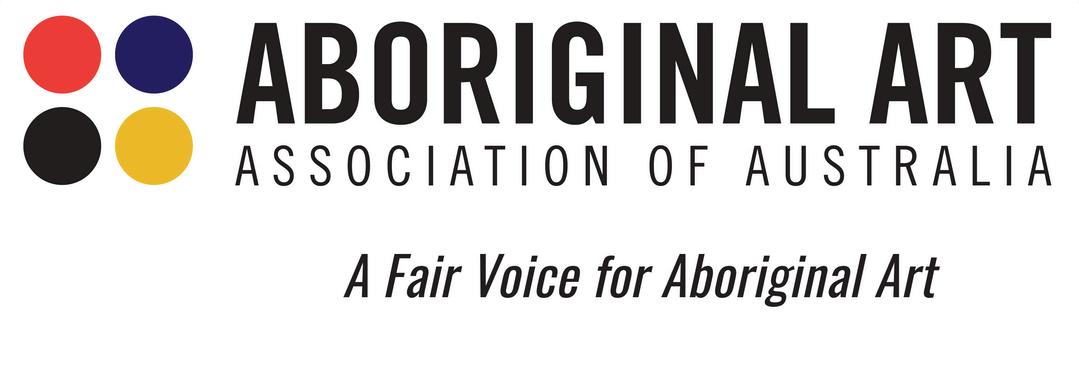
The Aboriginal Art Association of Australia (AAAA) serves and represents artists, individuals and organisations that produce, promote, protect or support Aboriginal art and the cultures that create and nurture that art.
The AAAA is committed to:
Advocating for Aboriginal artists and the Aboriginal art industry.
Promoting ethical conduct
Supporting cultural integrity
Campaigning for fair trade
Providing networking opportunities and advice
Together, we are building a dynamic Aboriginal visual arts community empowering artists, celebrating cultural heritage, and ensuring a sustainable, inclusive future for the industry
Become a trade, artist, or supporter member!
email: mail@aboriginalart.org.au
website: aboriginalart org au
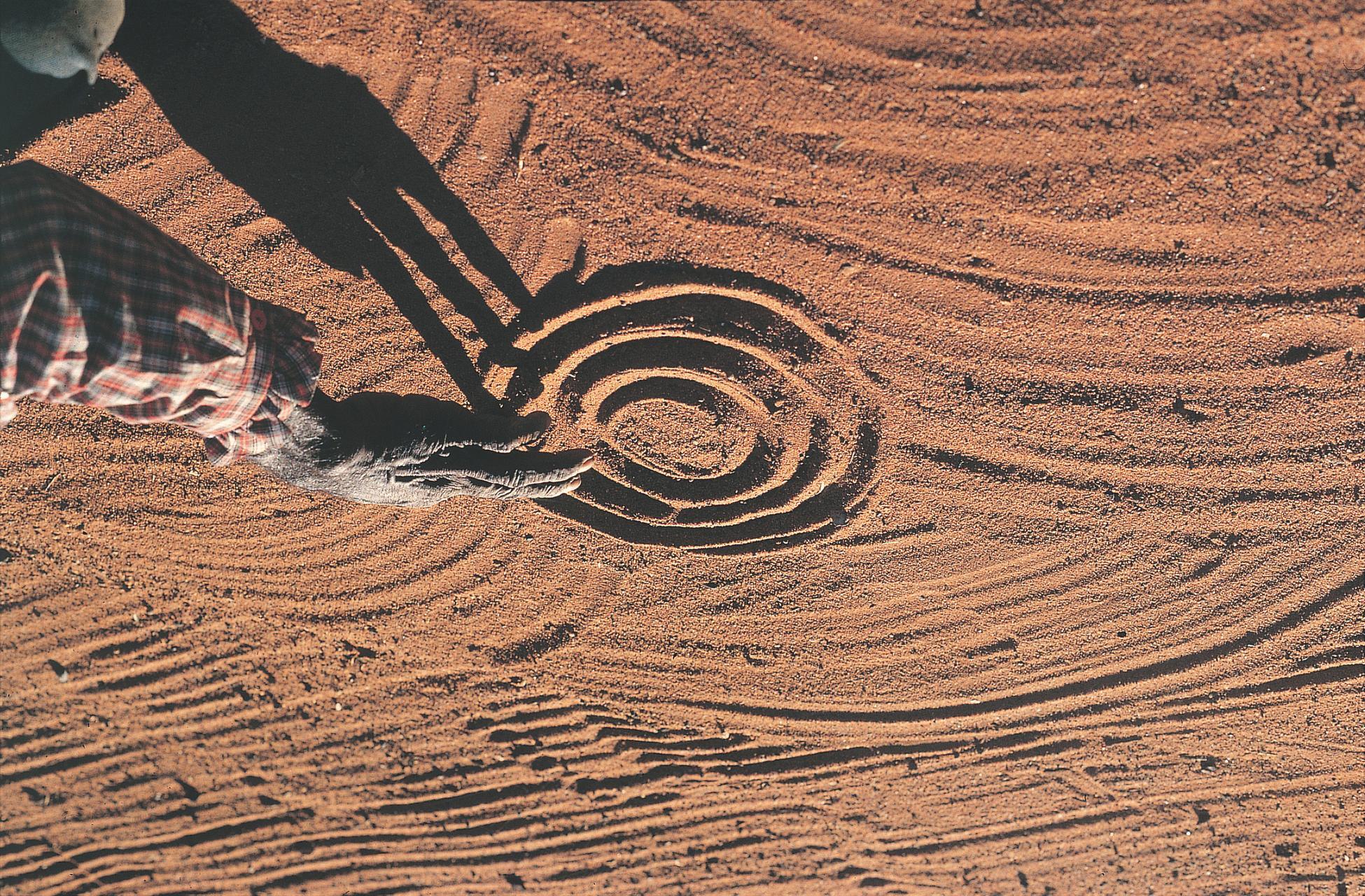

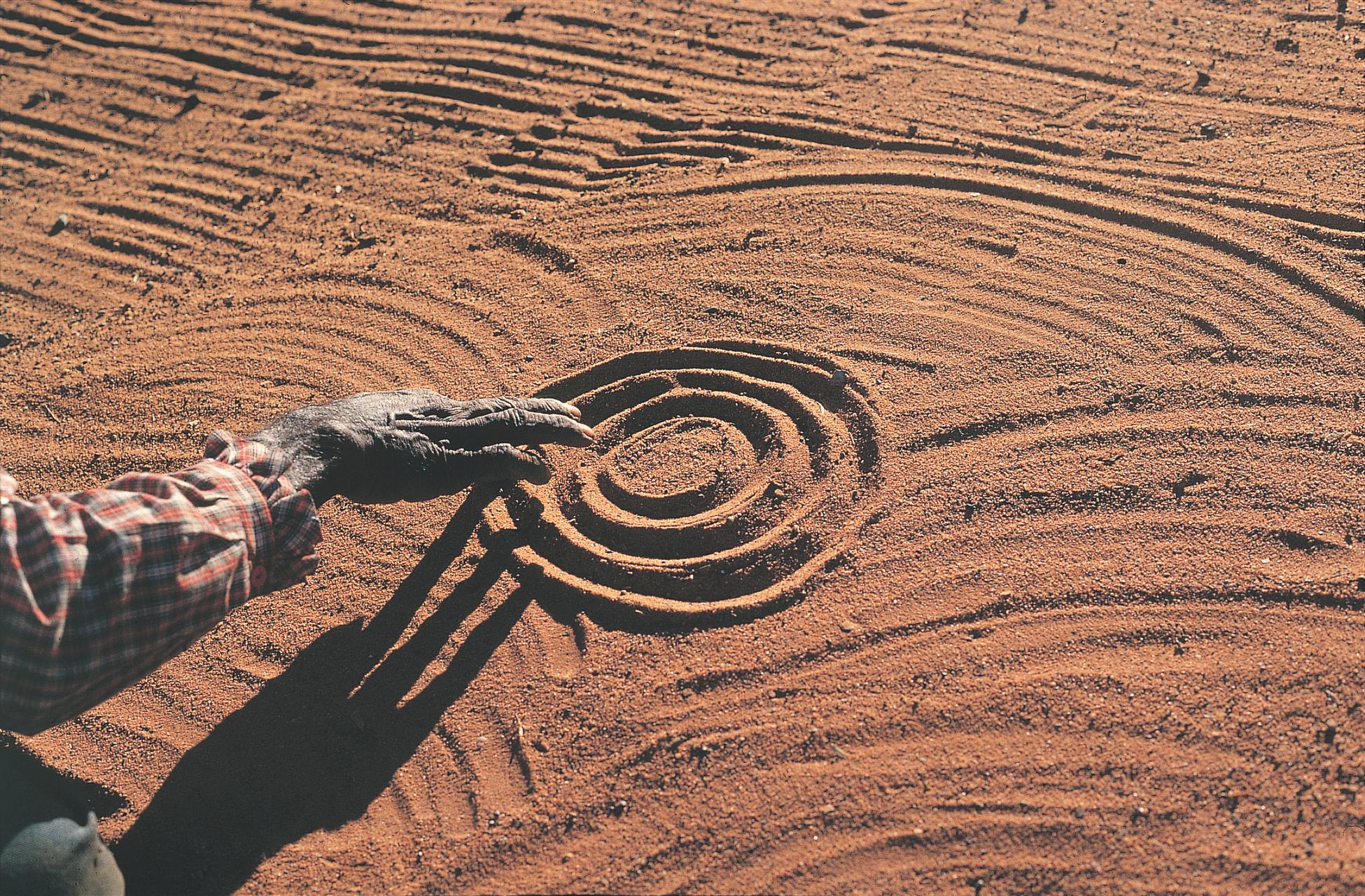
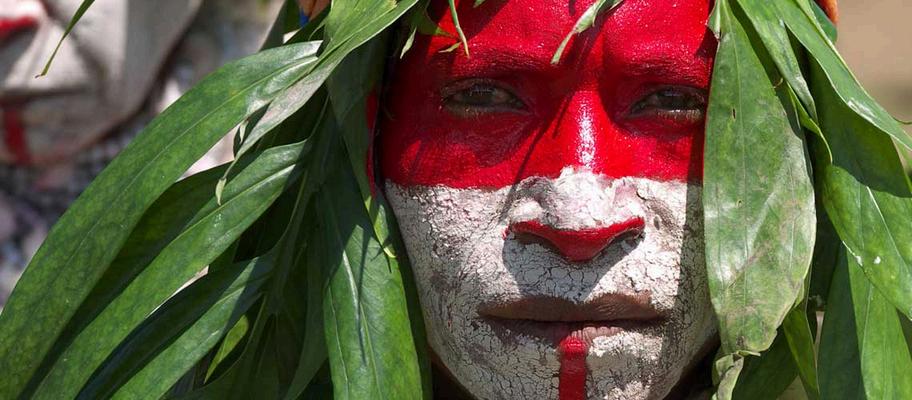

TThe aim of the Oceanic Art Society is to further the understanding and appreciation of Oceanic art. The focus is on traditional and contemporary art and cultures of the indigenous people of Melanesia, Micronesia, Polynesia and Australasia
Activities
Regular presentations and seminars throughout the year
Quarterly Journal
Yearly OAS Forum
Sydney Oceanic Art Fair (SOAF)
Other Events and Publications
JOIN US. The Society welcomes anyone with an interest in Oceanic art. Our membership is international and includes collectors, academics, artists, students, art dealers and museum professionals Please visit our website www.oceanicartsociety.org.au
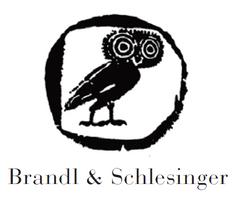
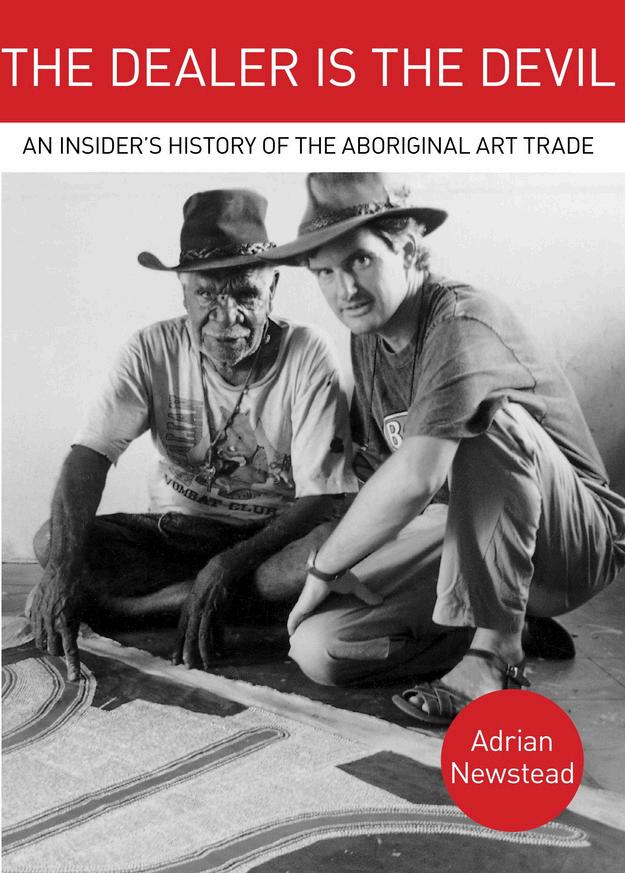
Brandl & Schlesinger, 480pp
173x245 mm
200 colour photographs
$60.00 hb
$50.00 pb w flaps
this is the only book on the history of the Aboriginal art trade
for the general reader interested in Aboriginal culture, art and art collectors, and art institutions and students
Available at no cost to accredited libraries and teaching institutions
Adrian Newstead’ s explosive memoir lifts the lid on what Robert Hughes once described as “the last great art movement of the 20th century ” After thirty years sitting round campfires with Aboriginal artists all over Australia, Newstead has produced the definitive expose of “the first great art movement of the 21st century” From remote indigenous communities with their dispossessed populations of tribal elders and troubled youth, to the gleaming white box galleries, high powered auction houses, and formidable art institutions of major cities all over the world, Newstead combines personal anecdotes with an insider’s grasp of the international art market. Newstead watched as the value of the Aboriginal art industry jumped from one million dollars in 1970 to two hundred million dollars in 2000
With vivid portraits of artists, dealers and scamsters, the book races from pre-contact and colonial days to the heady celebrations of the Sydney Olympics and the devastating impact of the global financial crisis. Newstead’s humour, love and respect for his subjects produces a story that reads at times like a thriller and also a lament for a lost world
“Newstead brings to this book a valuable personal and exceptionally well-informed perspective... disarmingly frank and honest... written in a very accessible manner devoid of ethnographic jargon of the anthropologists or the art speak of the arts industry apparatchiks...”
Sasha Grishin, Professor of Art History, ANU
Adrian Newstead is an Aboriginal art consultant, dealer, and art commentator, based in Bondi, NSW. He has had thirty years experience working in Aboriginal and Australian Contemporary art and established Coo-ee Aboriginal Art Gallery, Australia’s oldest continuously operating Aboriginal art gallery, in 1981 He is the current President of the Aboriginal Art Association of Australia and a former Director of Aboriginal Tourism Australia.
Purchase direct from author: www.newsteadart.com.au/the-dealer-is-the-devil adrian@newsteadart.com

